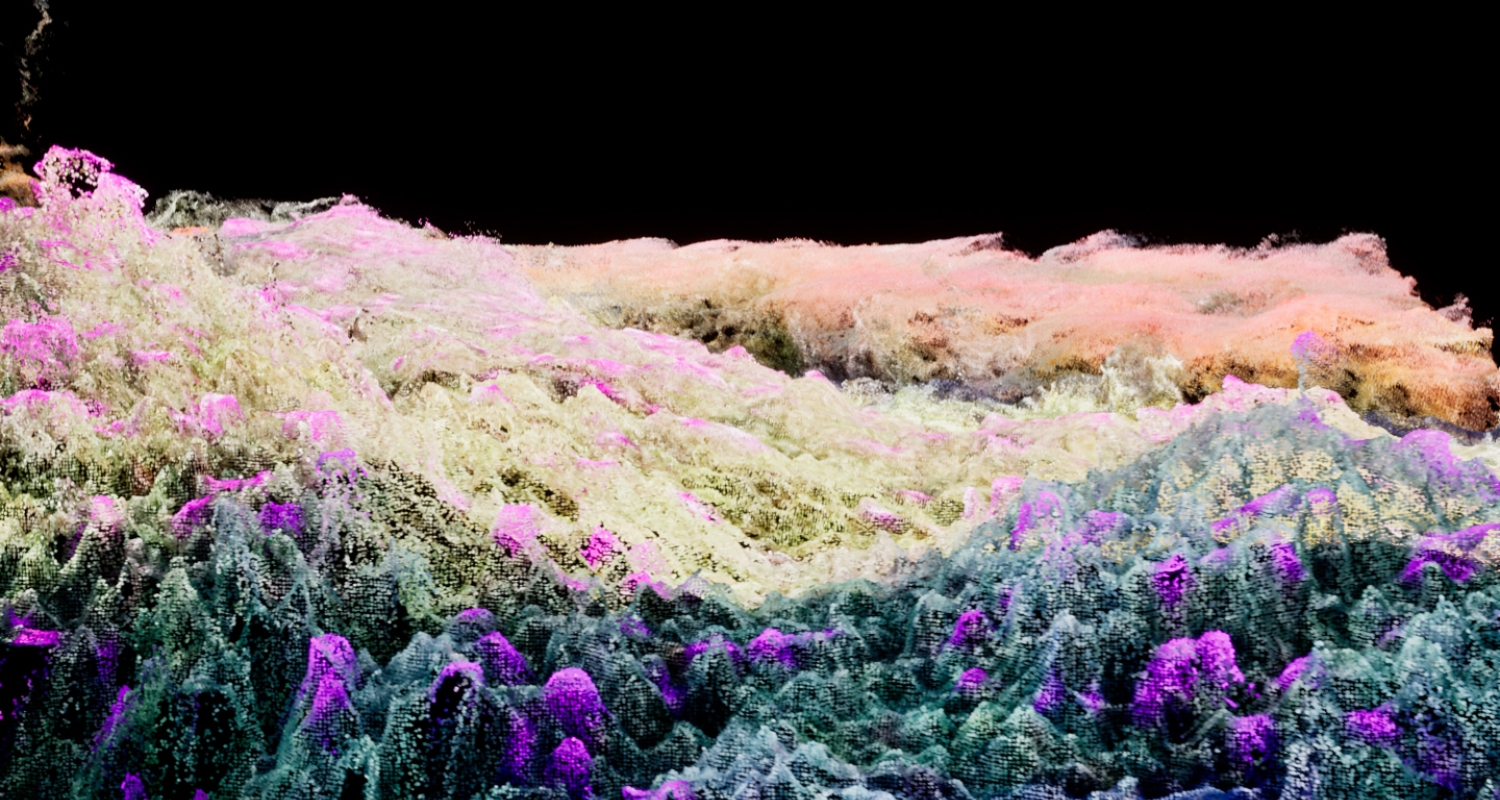
New Typologies: David Hartt, James Hoff and Kahlil Robert Irving
Oct. 21-Dec. 15, 2022
Opening Reception: Oct. 21, 5-7:30pm
Art Alliance
The Philadelphia Art Alliance at University of the Arts is pleased to present New Typologies, a three-person exhibition by David Hartt, James Hoff and Kahlil Robert Irving that presents innovative investigations of landscape tropes while providing commentary on today’s complex issues. These are works comprised of allusive signs and geolocations, delineating societal stances that illuminate while they critique.
David Hartt’s work unpacks cultural and economic complexities, exploring how historic ideologies persist or transform over time. In his film Et in Arcadia Ego, shot on location at modernist architect Phillip Johnson’s Glass House, Hartt uses its pastoral setting to unpack Johnson’s complicated history with fascism. This version of an idyllic “Arcadia” is inhabited only by Olimpia, played by Tomeka Reid, the composer of the score, who is guarded by a blind Black giant, Orion. By centering bodies outside of the dominant narrative, Hartt’s use of archetypes forges a new and uniquely compelling alternative.
James Hoff's practice encompasses multidisciplinary painting, sound, and performance which uses manipulated digital information to produce hybrid forms. His abstract paintings derive from distortions of data through a computer virus, which resemble lyrical abstraction. In other series, landscape images are etched into a copper and fiberglass laminate following the procedure of circuit board production. A considerably more dystopic version of landscape is represented by Hoff’s and his collaborator DeForrest Brown, Jr.’s video HOBO UFO (v. The New World). Compiled through internet searches and archival footage (such as the police brutality in Birmingham), it testifies to a sobering and frightening vision of a collapsing state. Via video field recordings and detourned commercial mapping software, HOBO UFO presents a graphic glimpse of American race relations to devastating effect. By using crowd sourced protests and the UFO as a metaphorical vehicle for traversing geopolitical trouble zones through Google’s Street View (locating the 114 killings of black people since the pandemic’s start, information now tragically outdated), along with Brown, Jr.’s mechanized techno jazz percussive score, the pair produce a sobering document.
Kahlil Robert Irving creates objects and environments mixing ceramic sculptures and digital fact gathering. Initially the ceramics were emblazoned with decals mimicking urban refuse. Later, those works were surrounded by environments of site-specific wallpaper. In contrast to the ceramic debris, these scrolls of digital culture are mined from Image archives of Black lives, remembrance and celebration, creating an experience like navigating AI or CGI-built city environments or physical and metaphysical spaces coexisting simultaneously. Speckled jacquard weavings juxtaposed with images of the sky, take on the vastness of the cosmos while retaining their earthly references. As Irving states “I’m interested in the capacity of a material to tell contemporary, secular, and political narratives, especially with a material that exists in such a broad, architecturally based engagement, but that can also be used to make art.”
All of our exhibitions are free and open to the public.
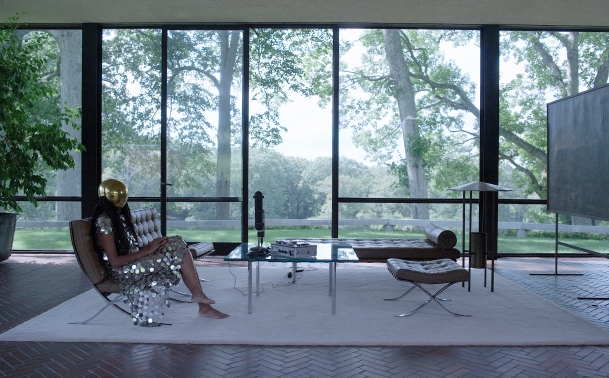
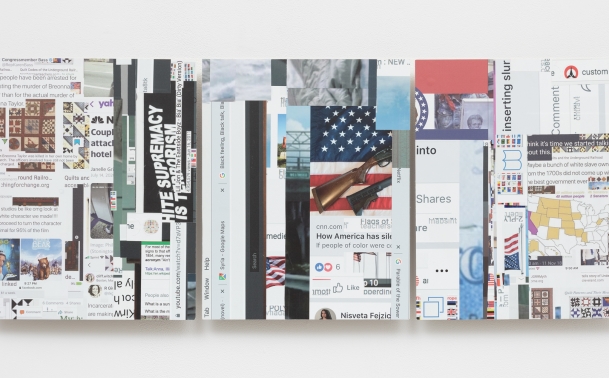
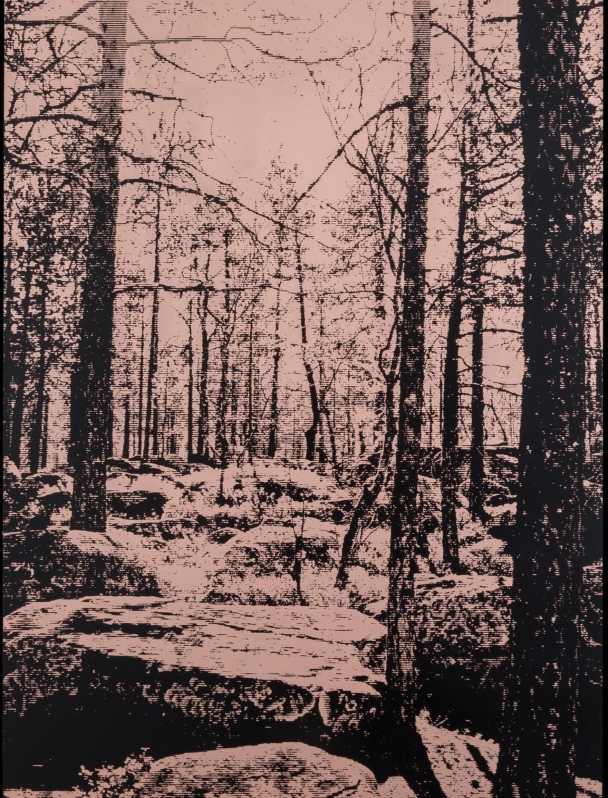
Left: (top) David Hartt, Et in Arcardia Ego, 2022, digital film. Courtesy the artist and David Nolan Gallery, New York; (bottom):Kahlil Robert Irving, Means_Angles_Integers (The weight of media) #8, 2021, vinyl, aluminum, 20 x 48 inches. Courtesy the artist.
Right: James Hoff, Useless Landscape 53, 2017, Copper Etching on Fiberglass, Aluminum, Wood, Lacquer. Courtesy the artist.
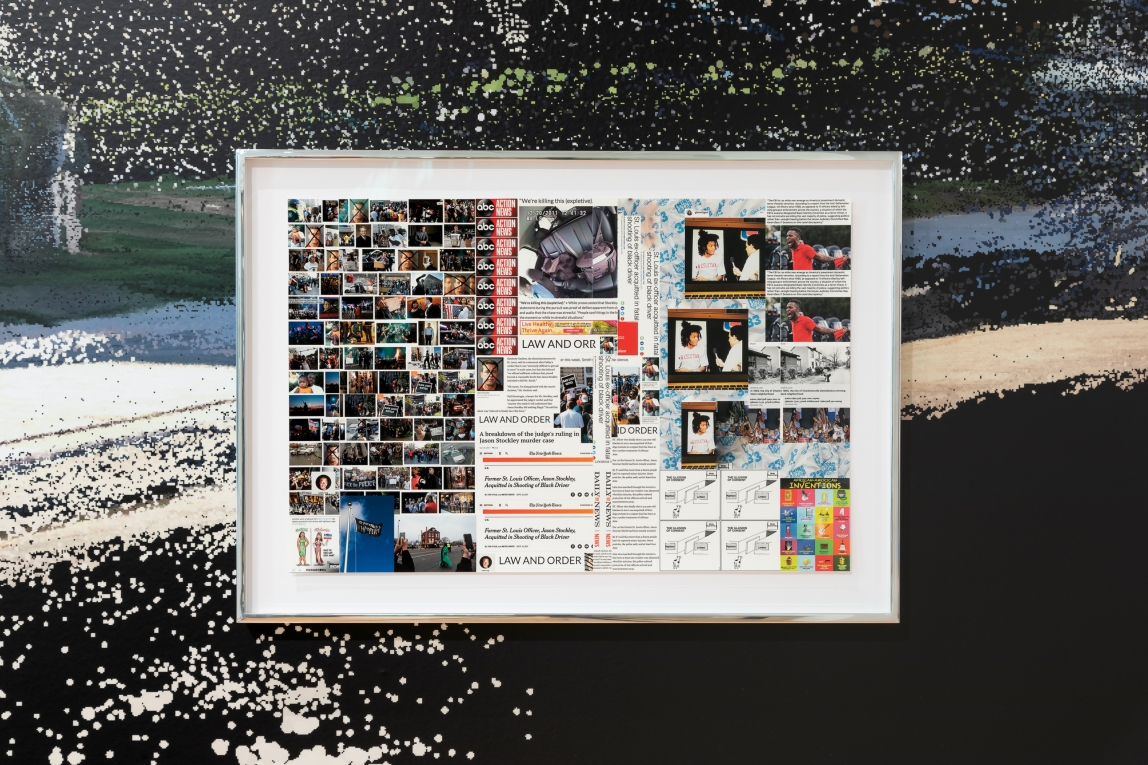
Installation view of New Typologies. Photo: Joseph Hu.
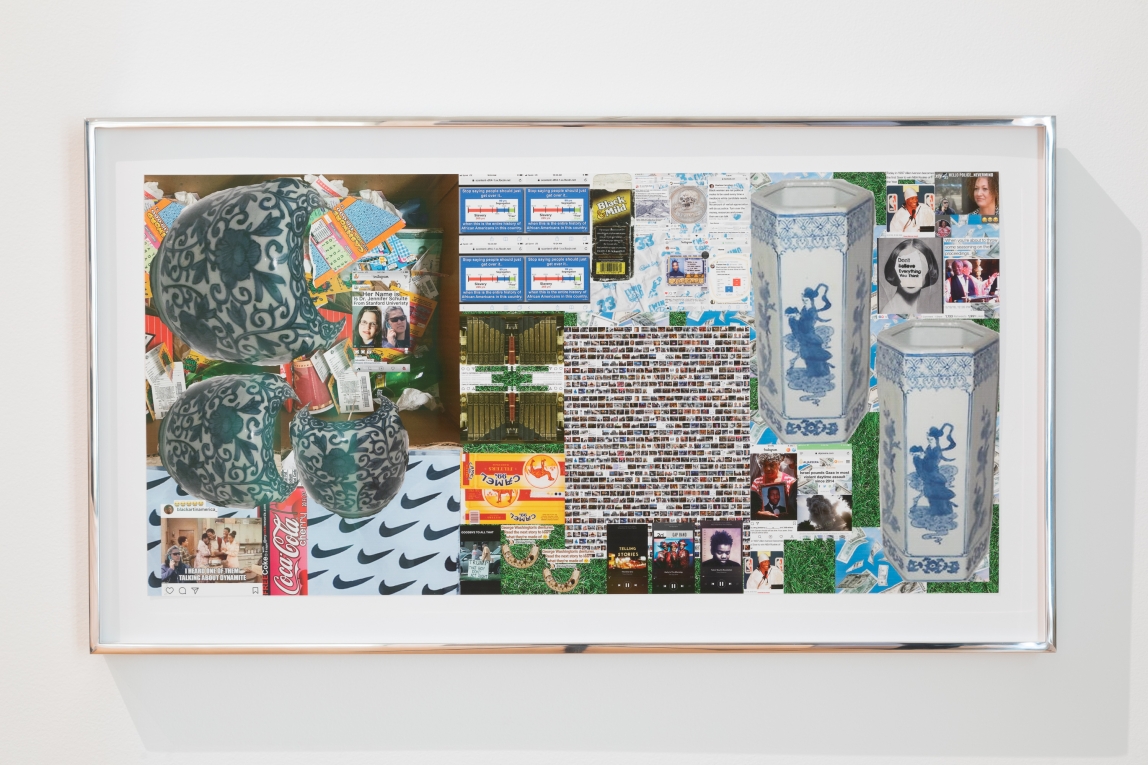
Installation view of New Typologies. Photo: Joseph Hu.
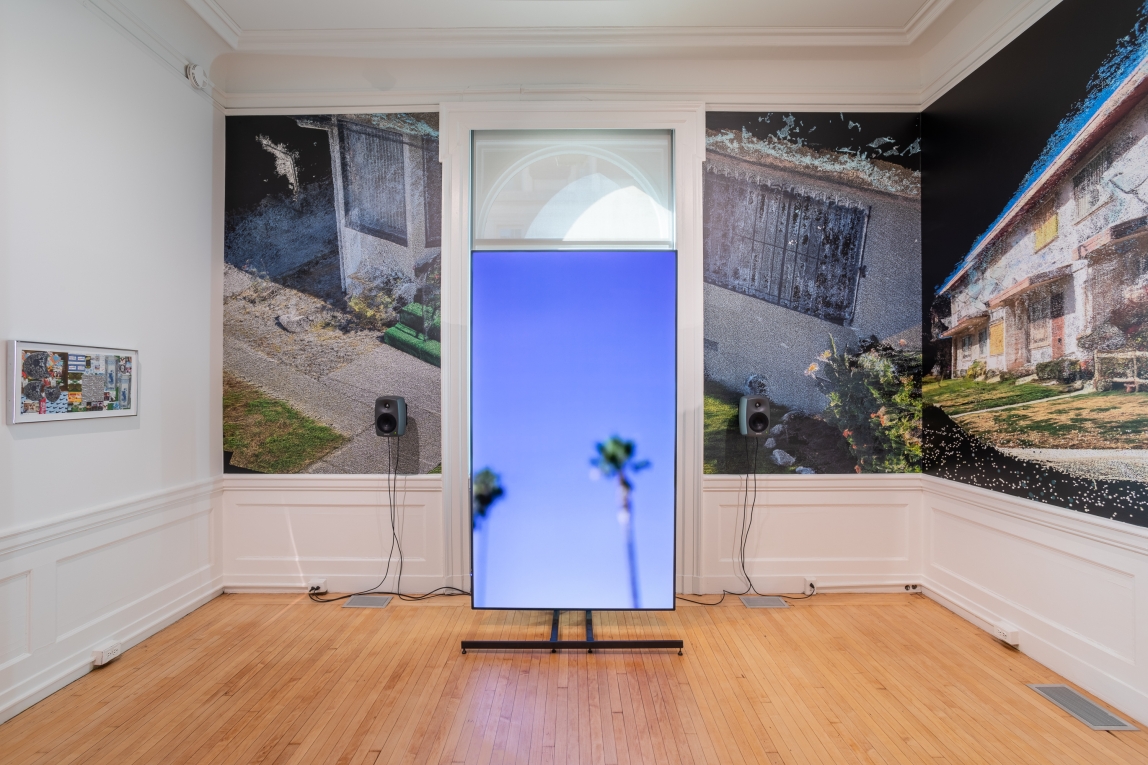
Installation view of New Typologies. Photo: Joseph Hu.
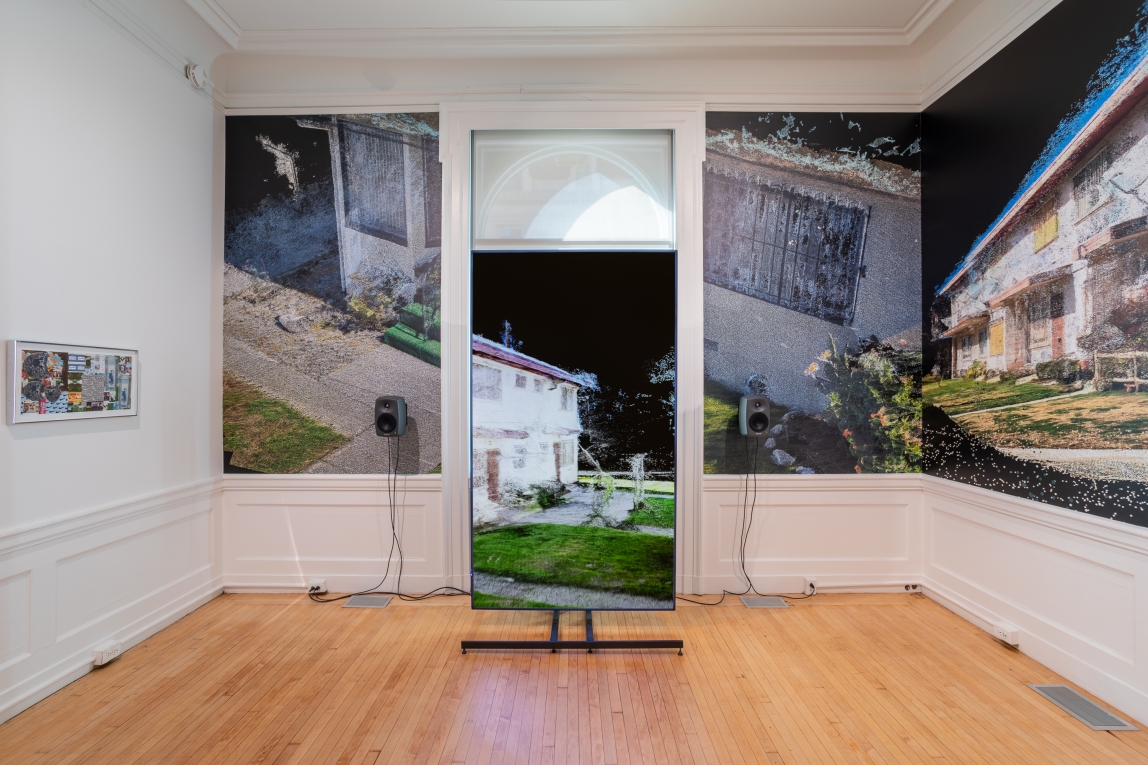
Installation view of New Typologies. Photo: Joseph Hu.
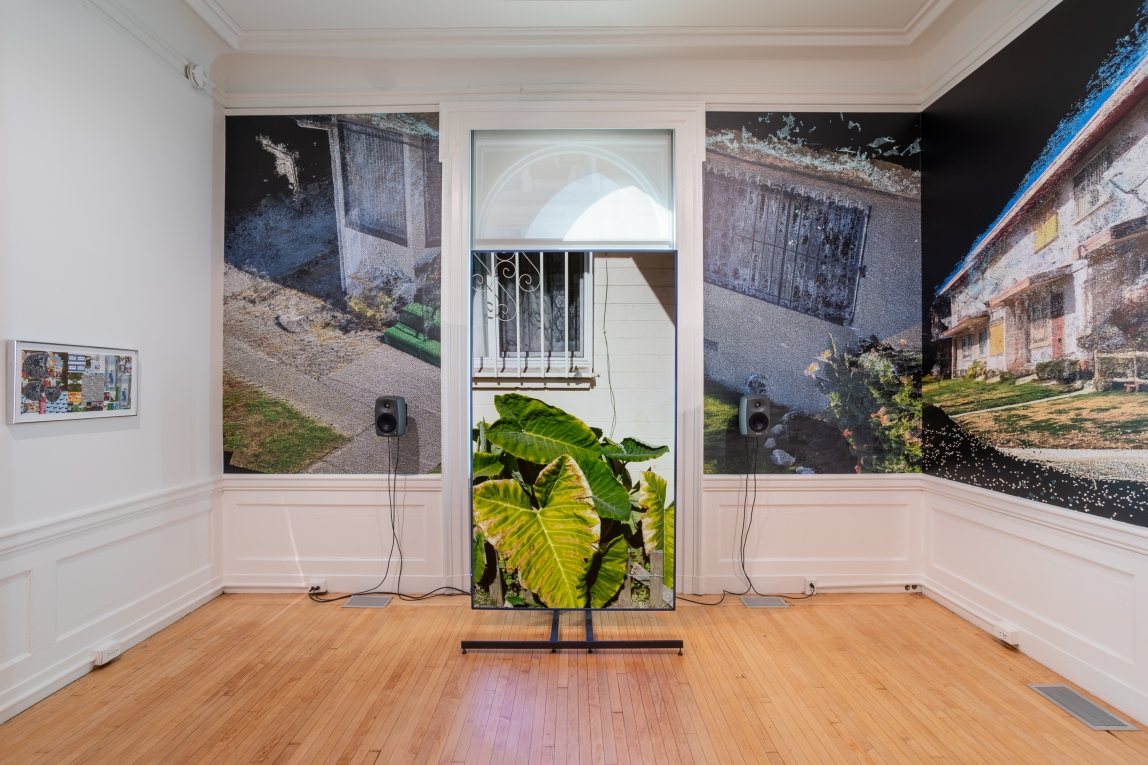
Installation view of New Typologies. Photo: Joseph Hu.
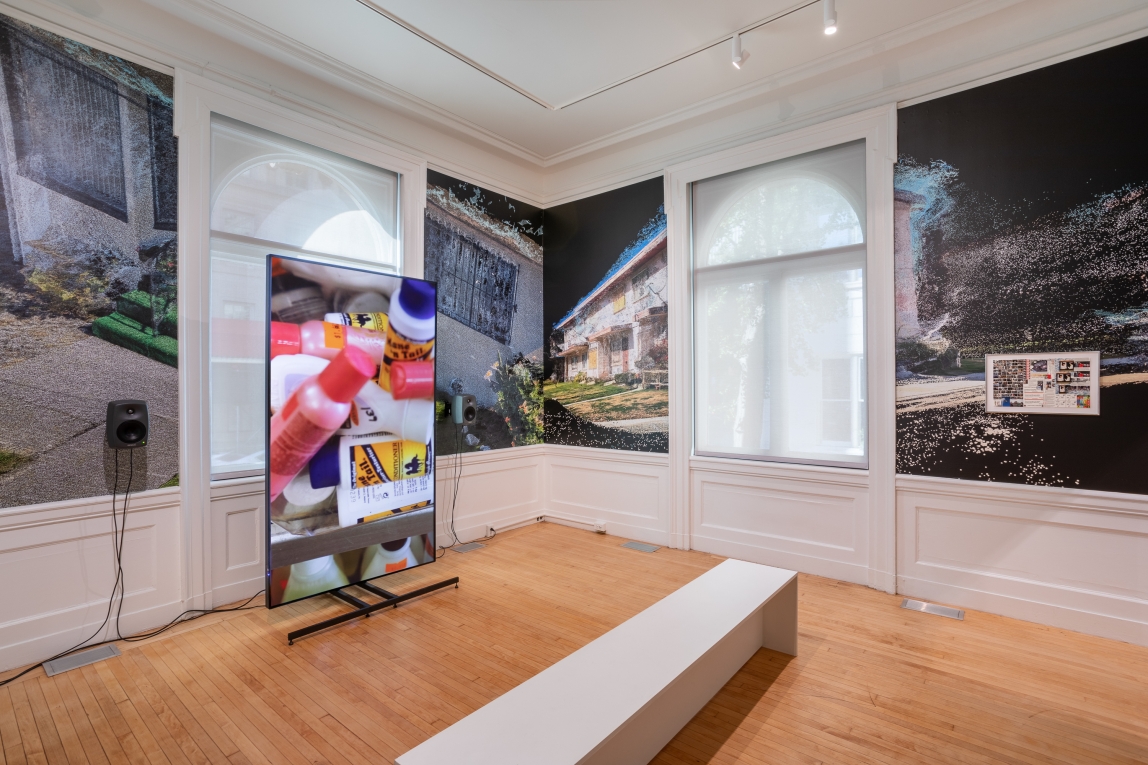
Installation view of New Typologies. Photo: Joseph Hu.
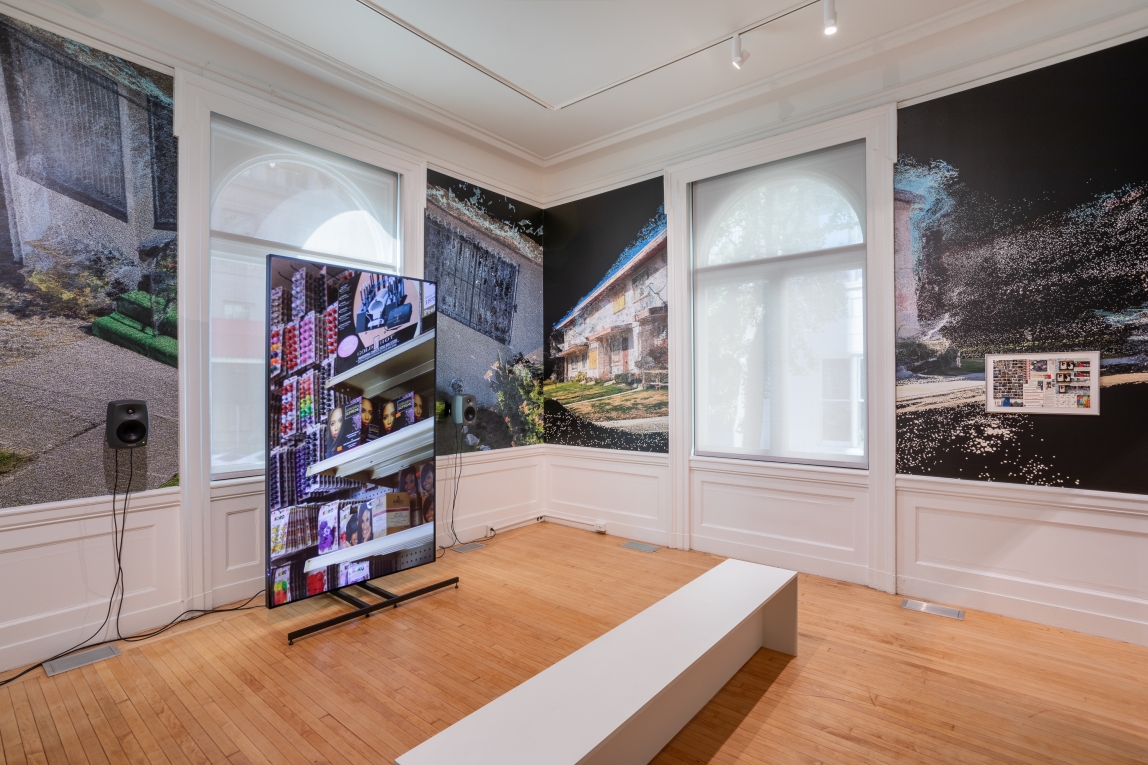
Installation view of New Typologies. Photo: Joseph Hu.
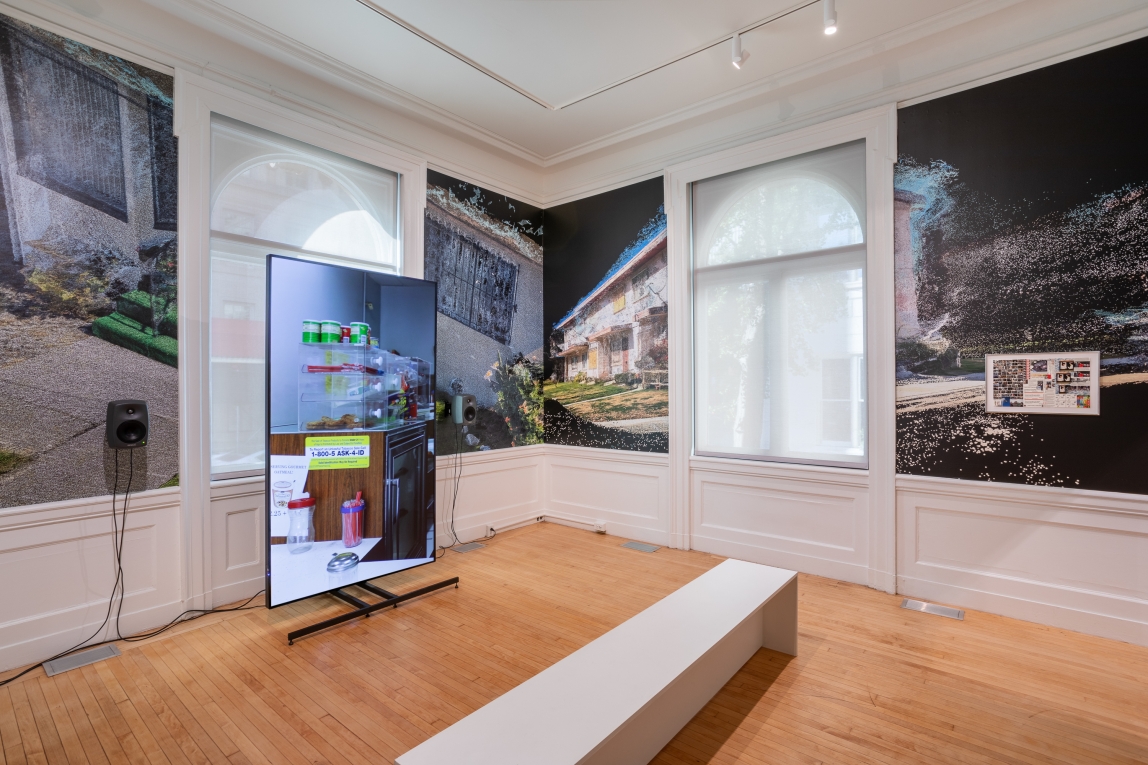
Installation view of New Typologies. Photo: Joseph Hu.
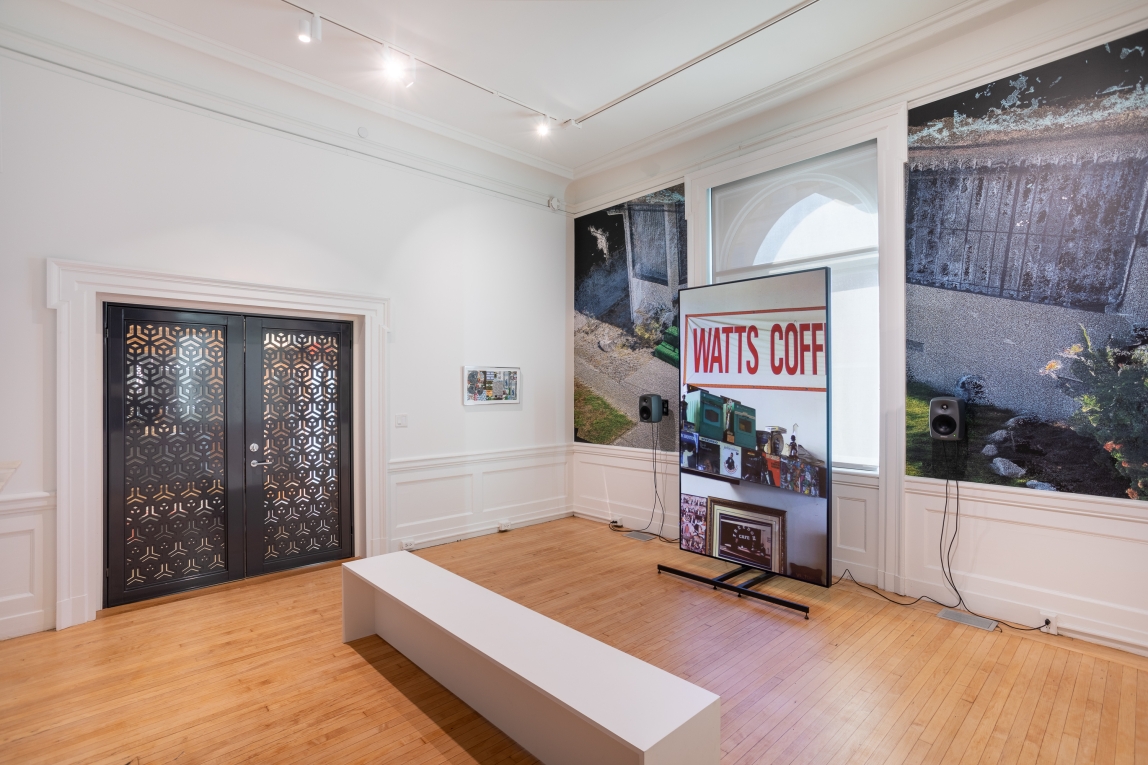
Installation view of New Typologies. Photo: Joseph Hu.
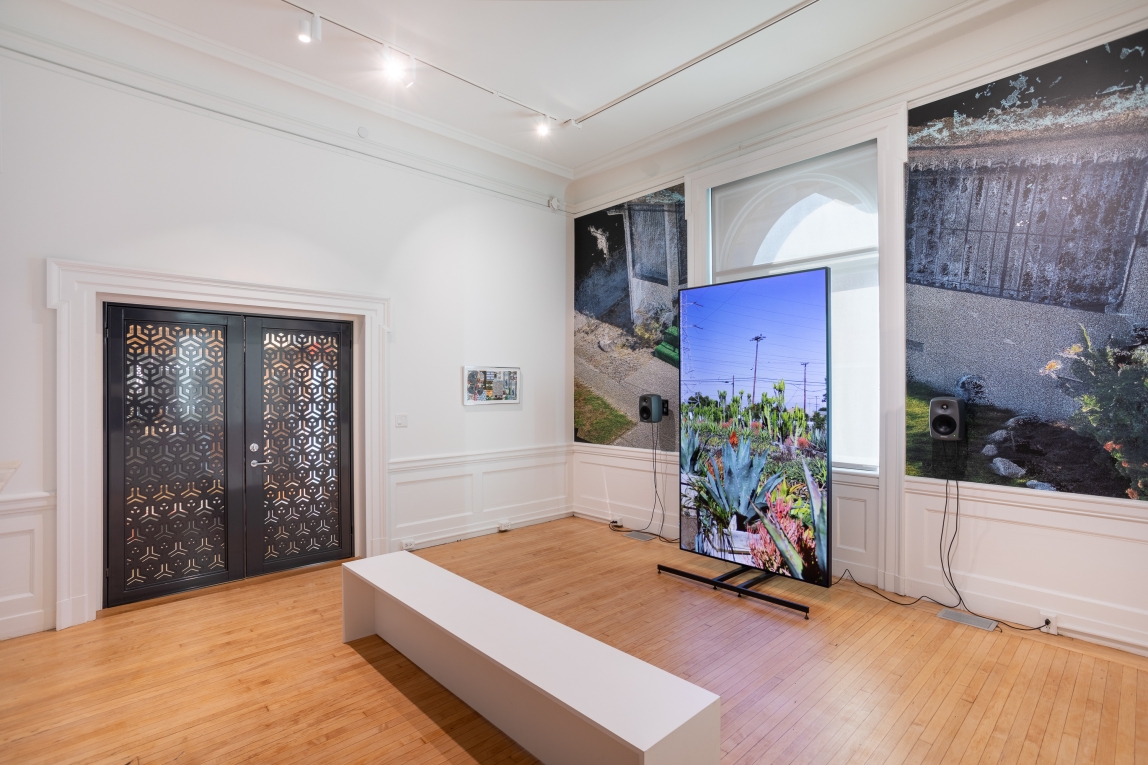
Installation view of New Typologies. Photo: Joseph Hu.
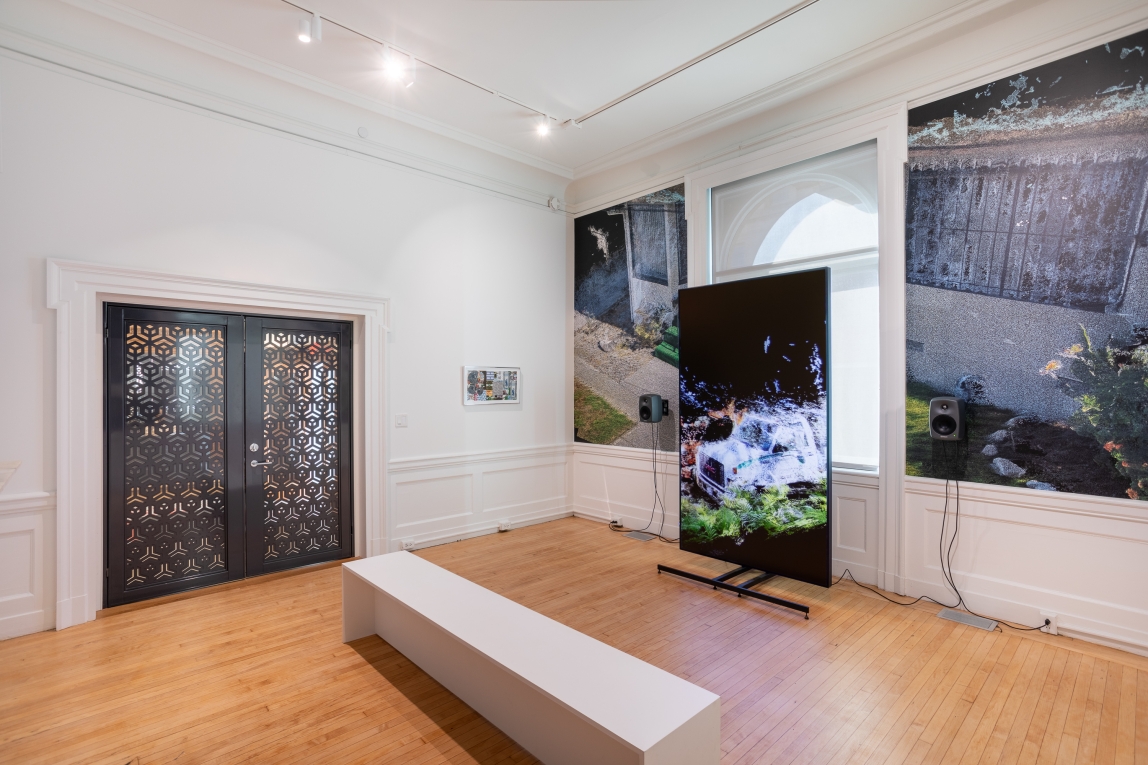
Installation view of New Typologies. Photo: Joseph Hu.
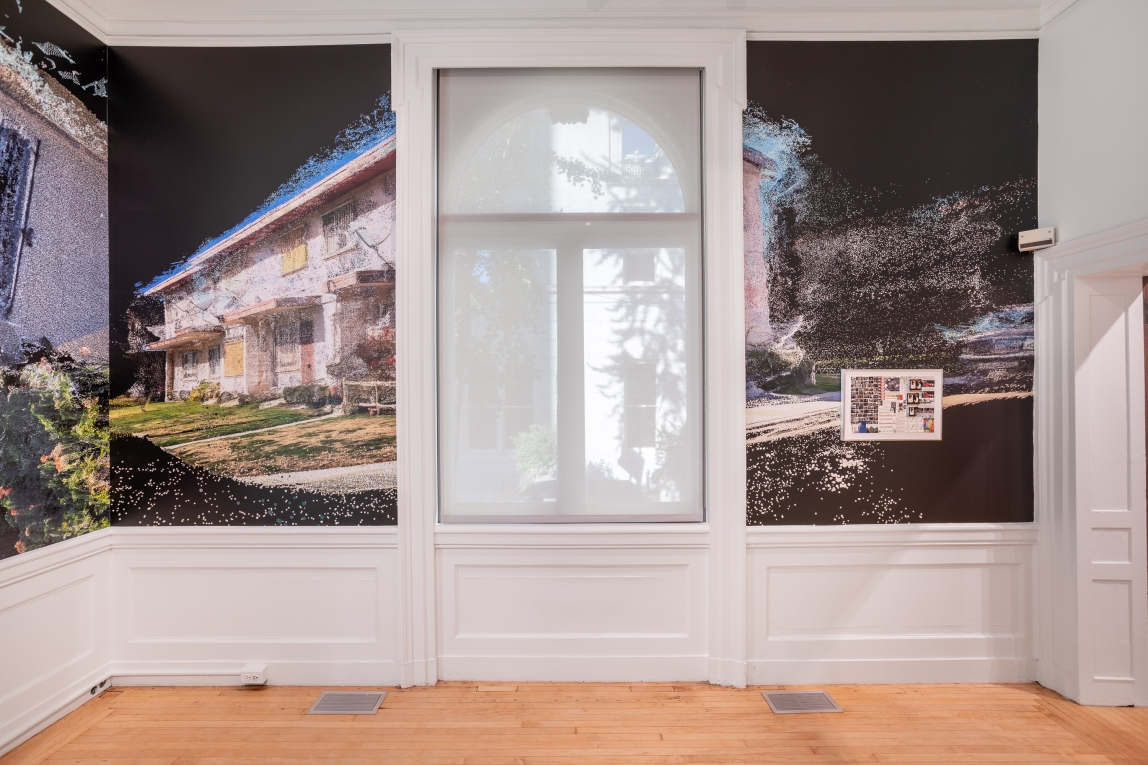
Installation view of New Typologies. Photo: Joseph Hu.
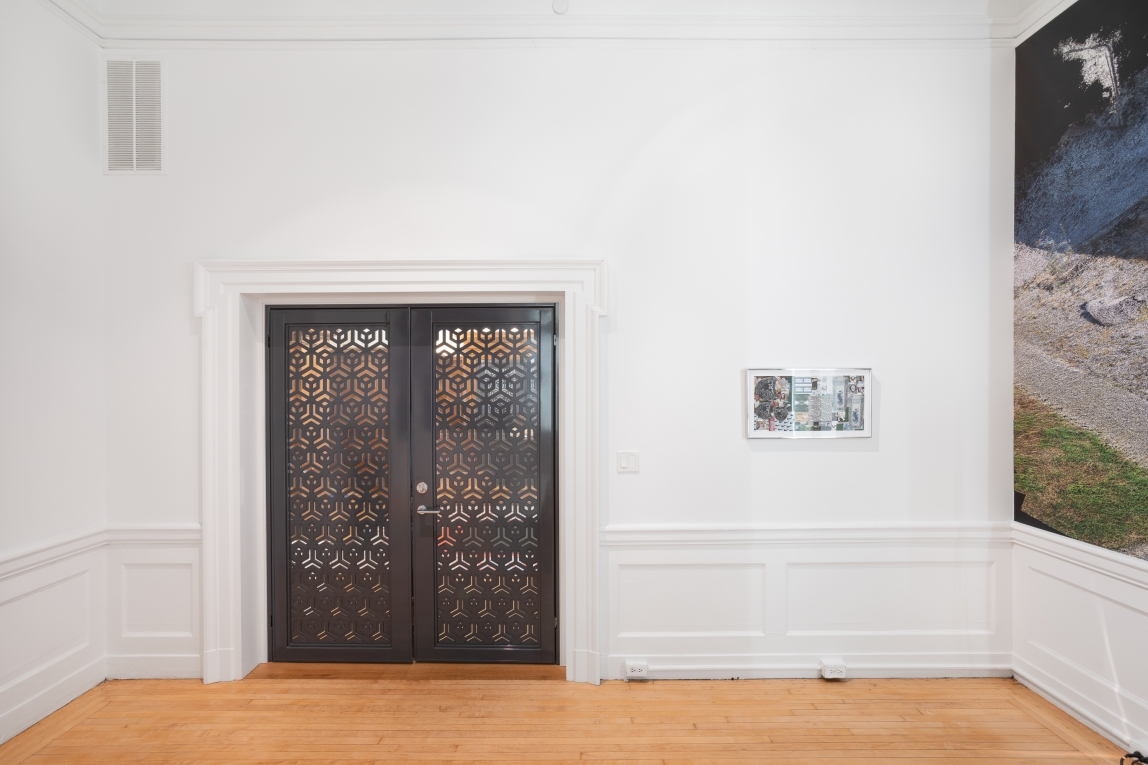
Installation view of New Typologies. Photo: Joseph Hu.
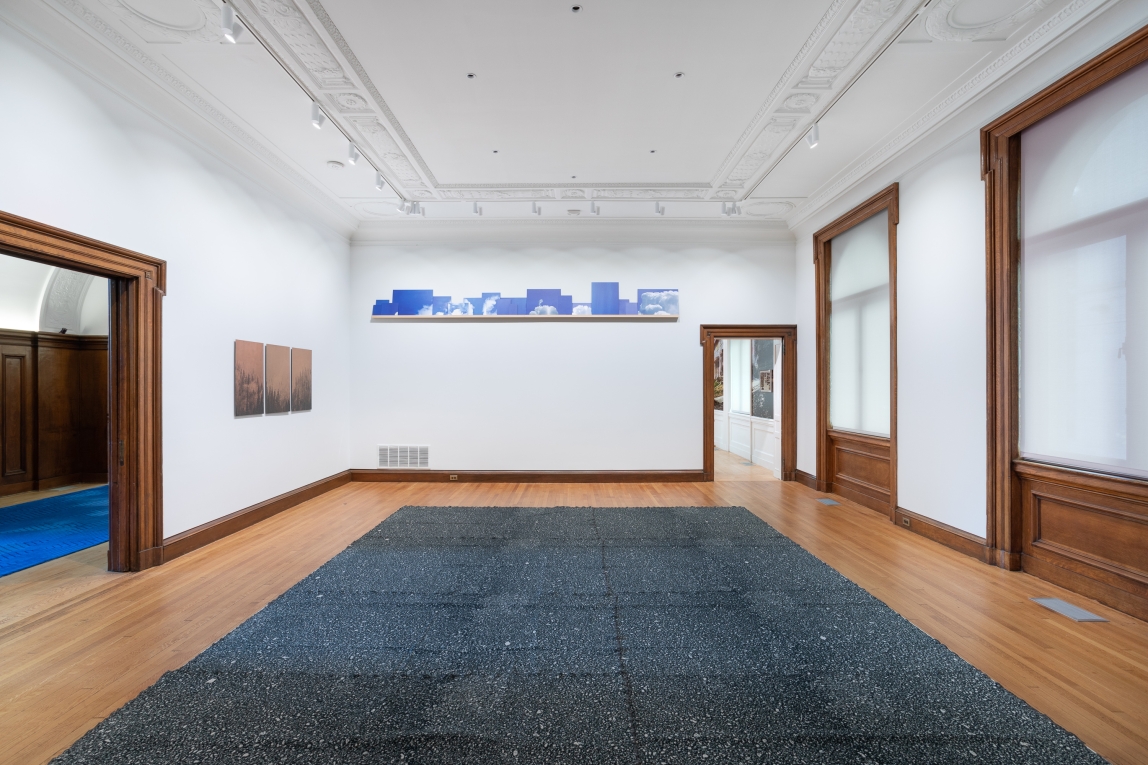
Installation view of New Typologies. Photo: Joseph Hu.
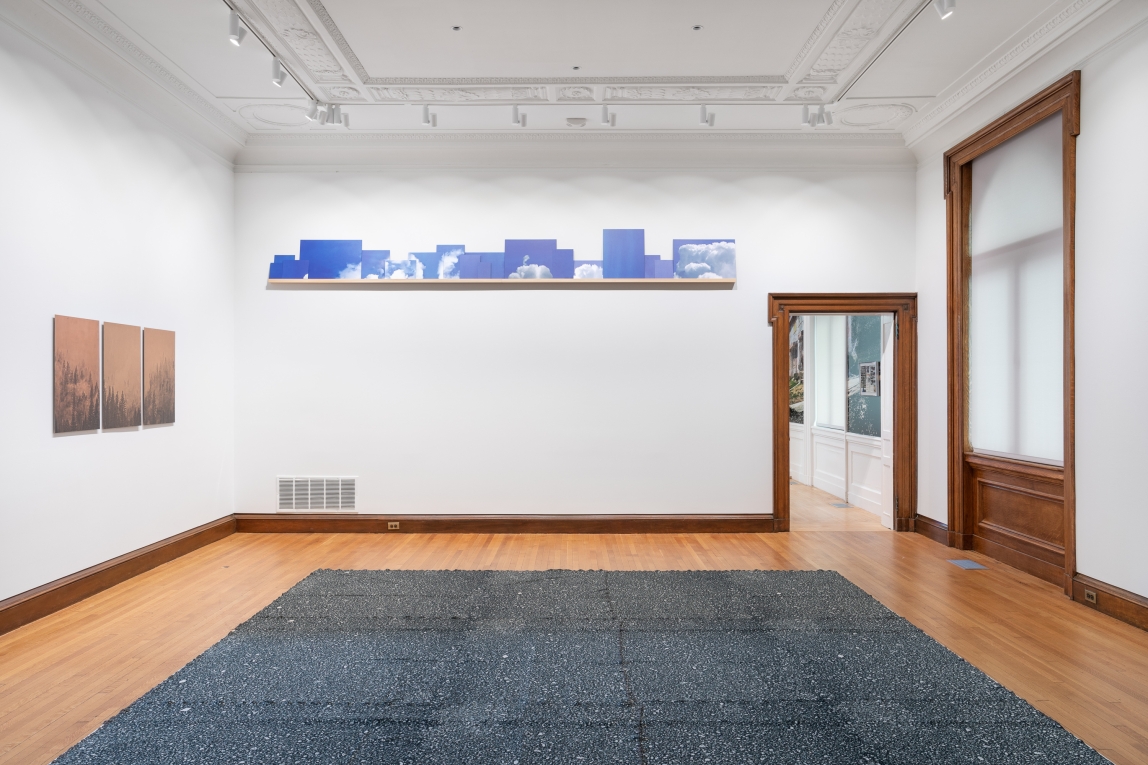
Installation view of New Typologies. Photo: Joseph Hu.
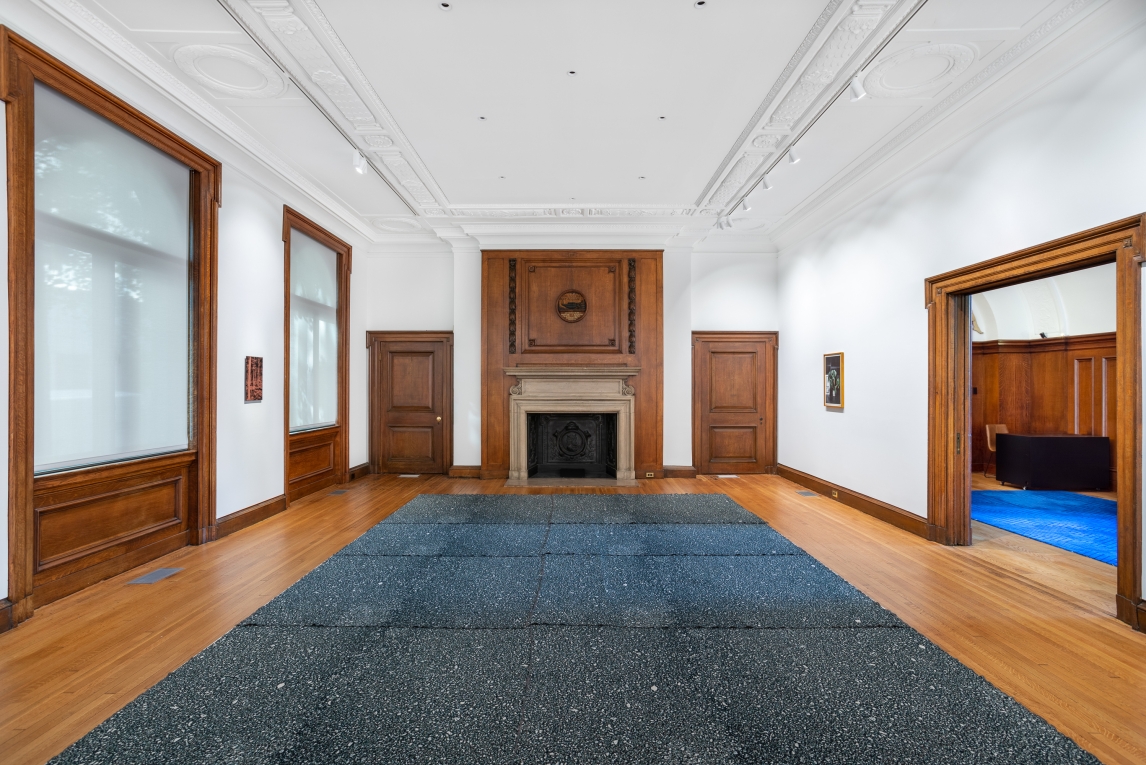
Installation view of New Typologies. Photo: Joseph Hu.
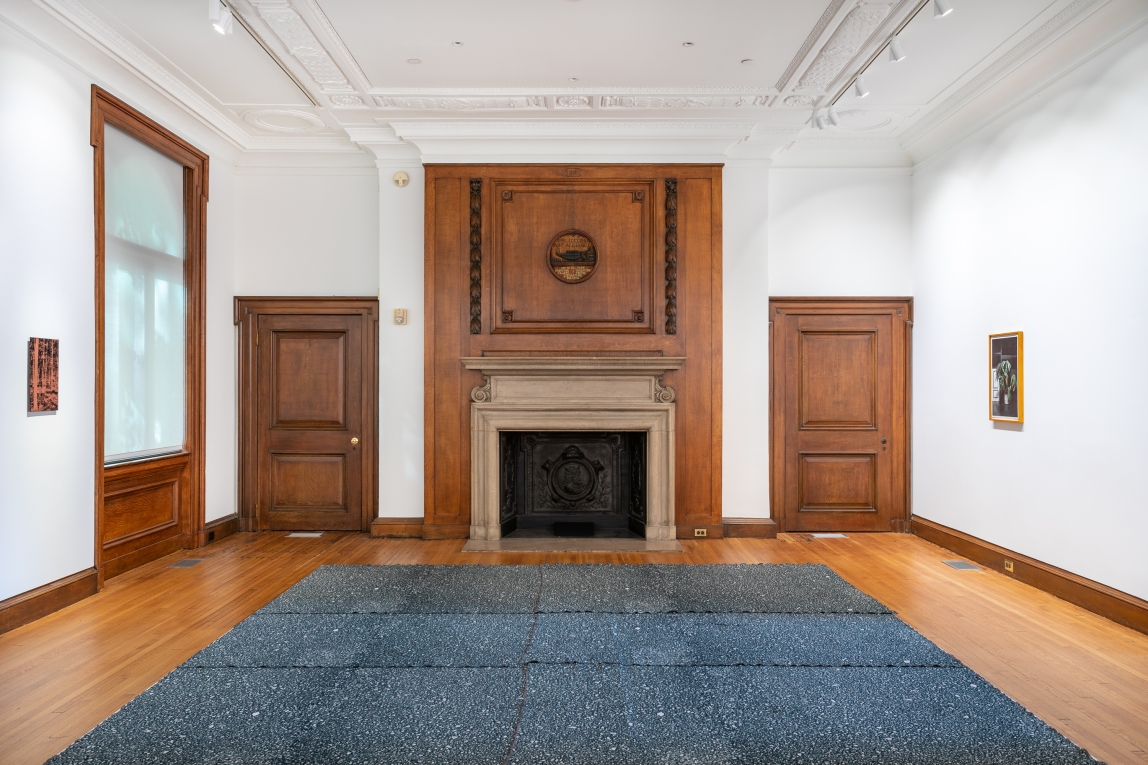
Installation view of New Typologies. Photo: Joseph Hu.
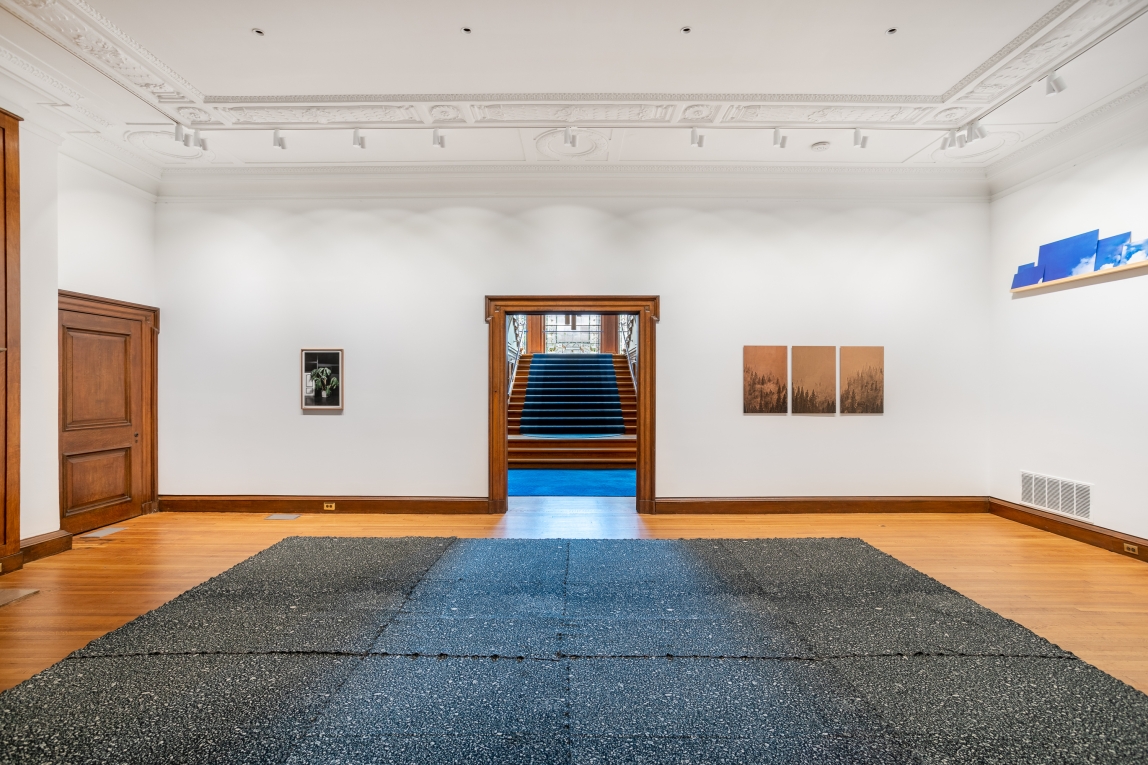
Installation view of New Typologies. Photo: Joseph Hu.
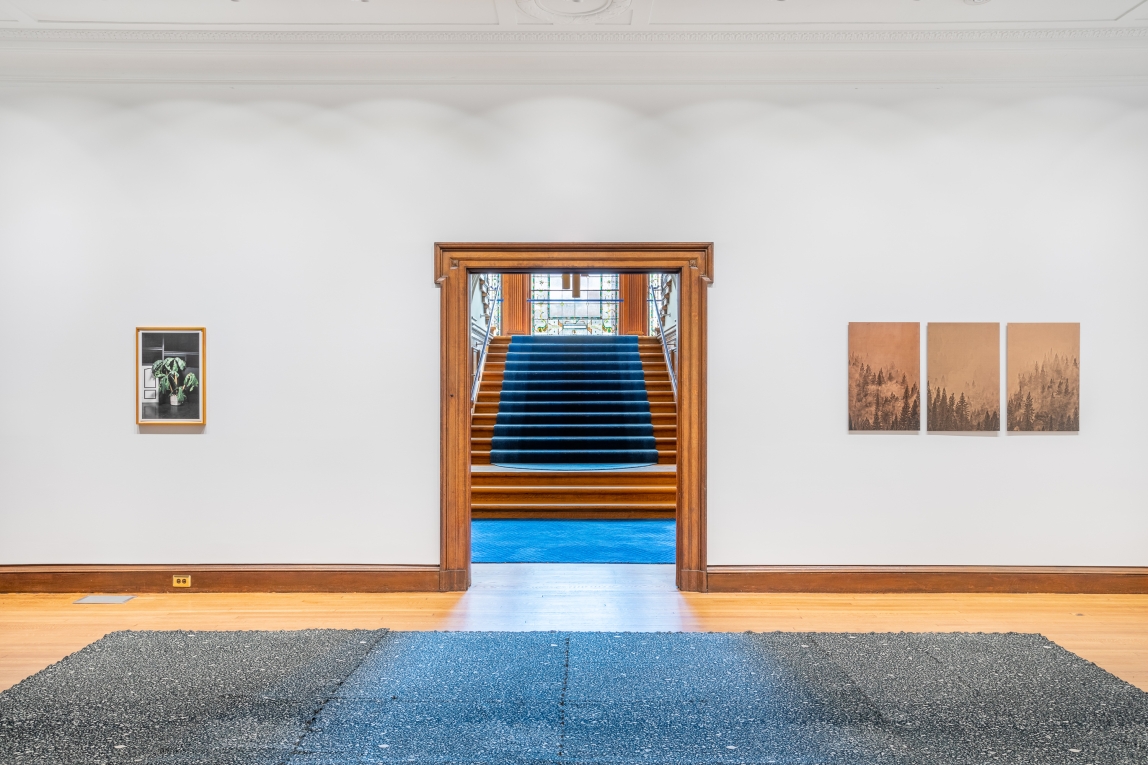
Installation view of New Typologies. Photo: Joseph Hu.
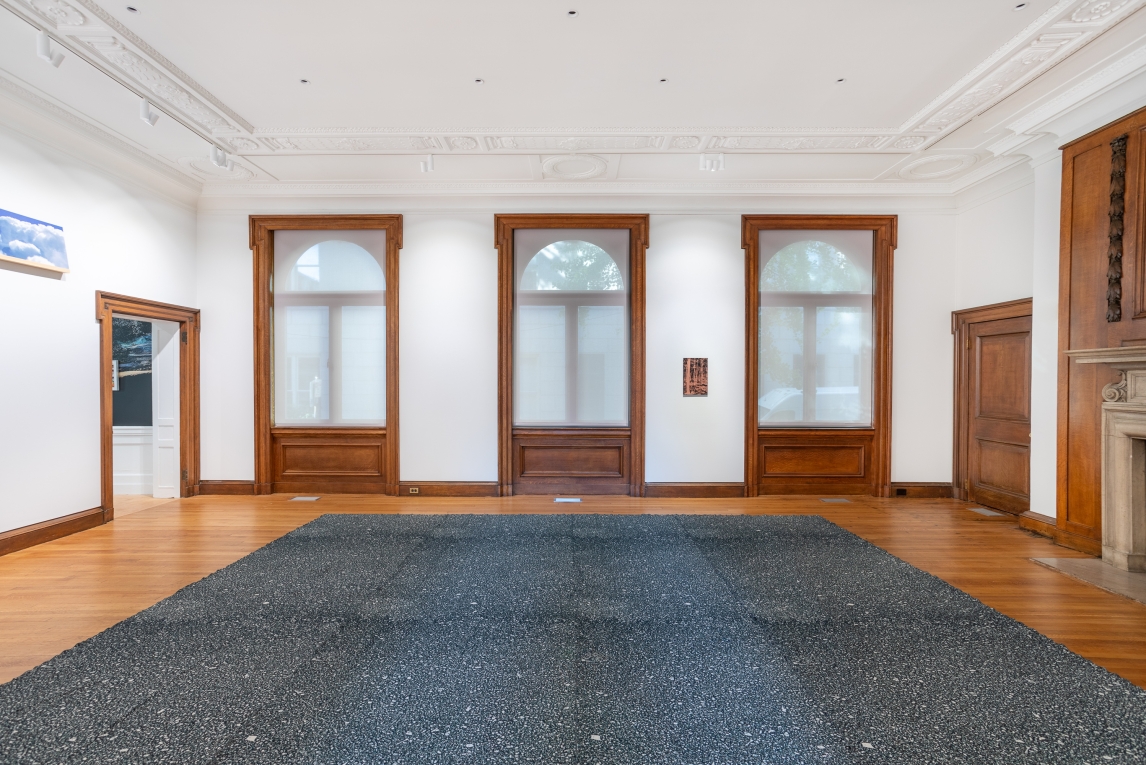
Installation view of New Typologies. Photo: Joseph Hu.
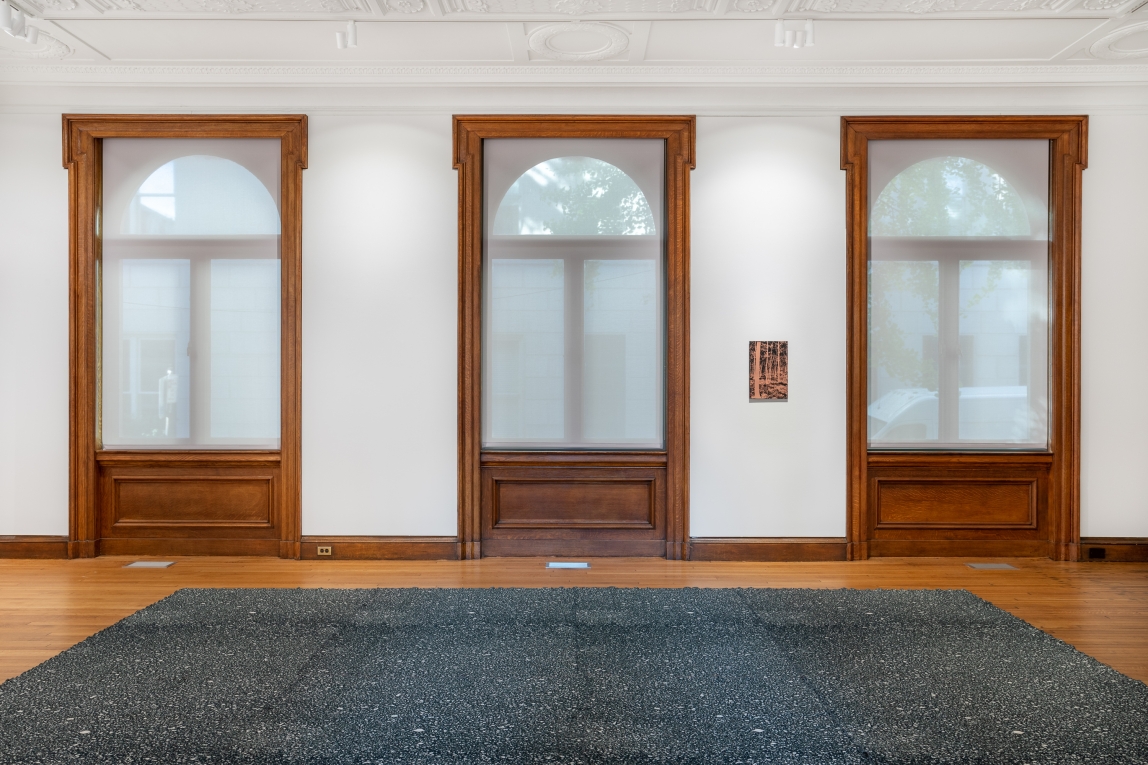
Installation view of New Typologies. Photo: Joseph Hu.
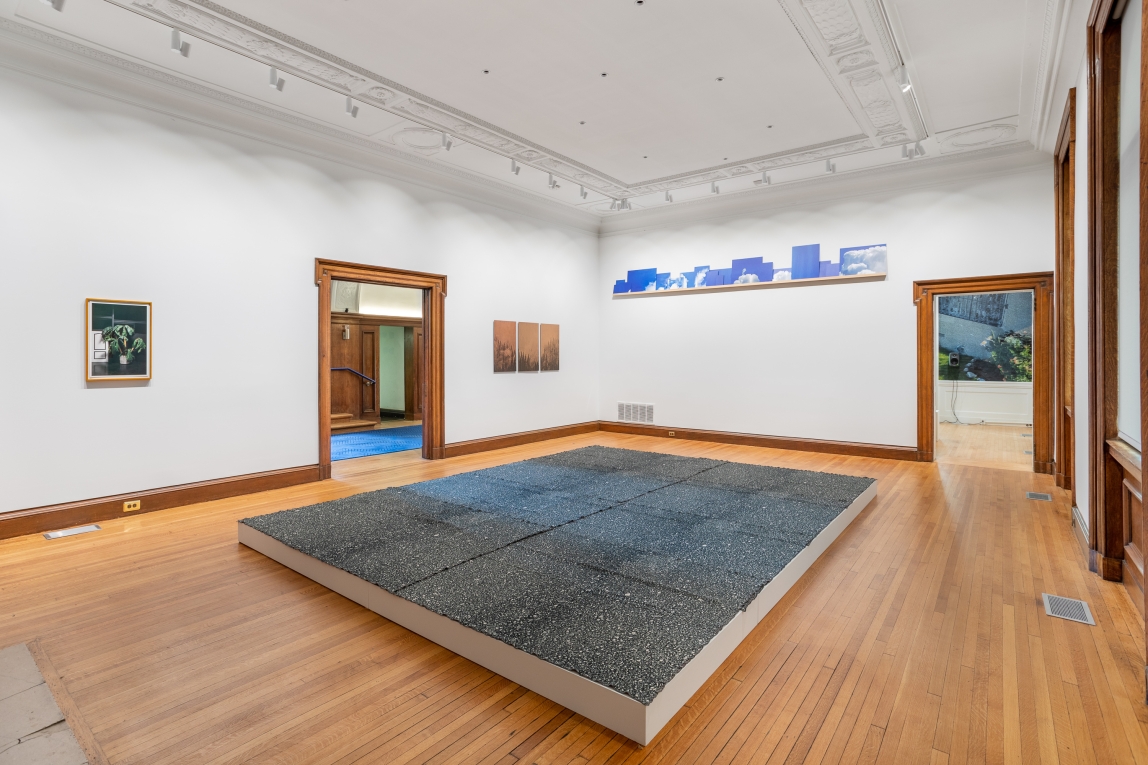
Installation view of New Typologies. Photo: Joseph Hu.
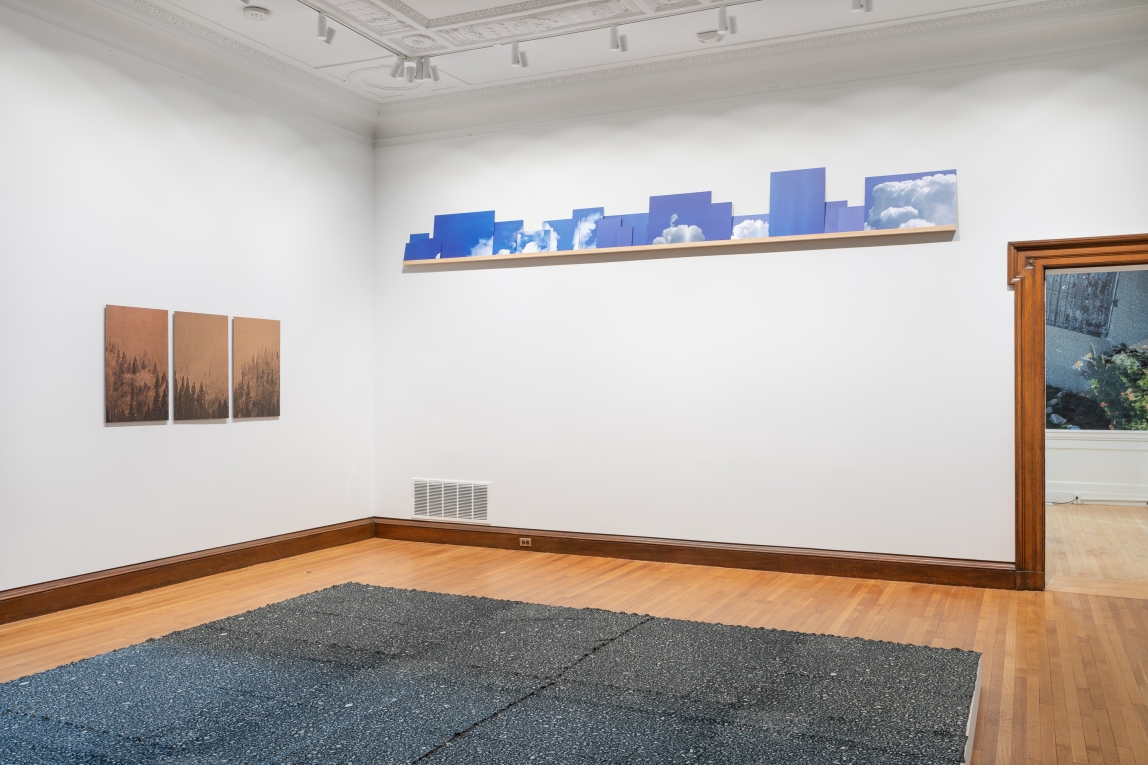
Installation view of New Typologies. Photo: Joseph Hu.
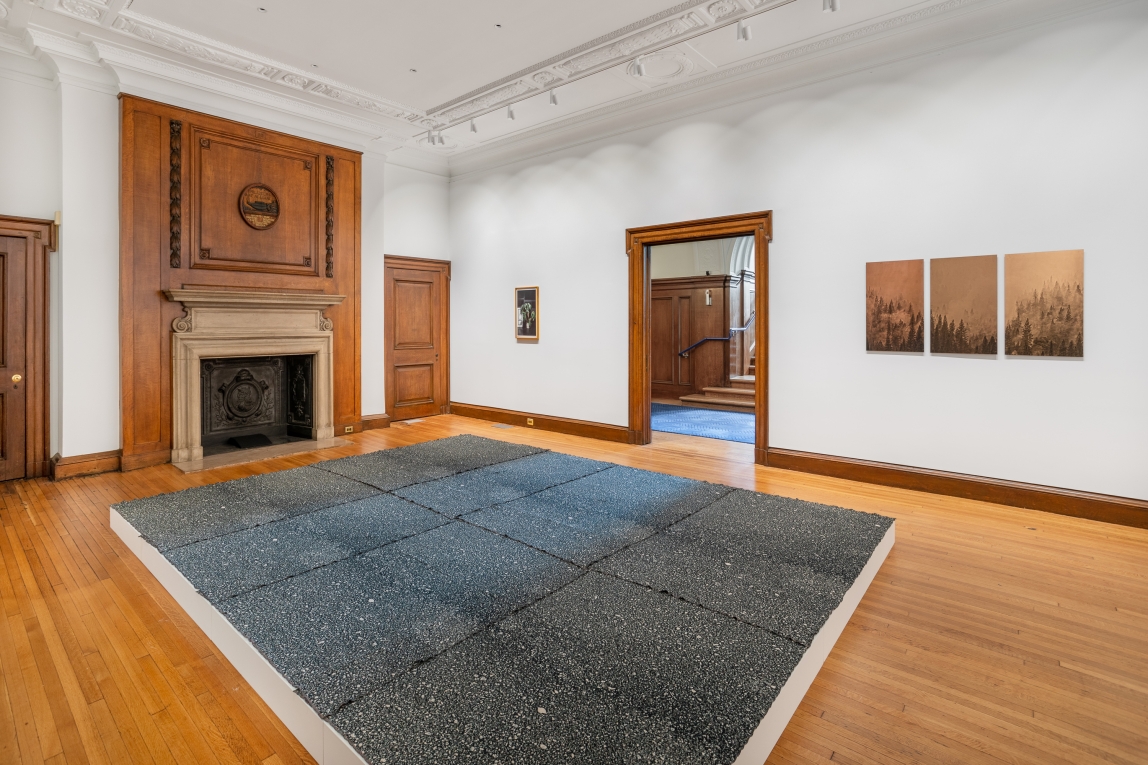
Installation view of New Typologies. Photo: Joseph Hu.
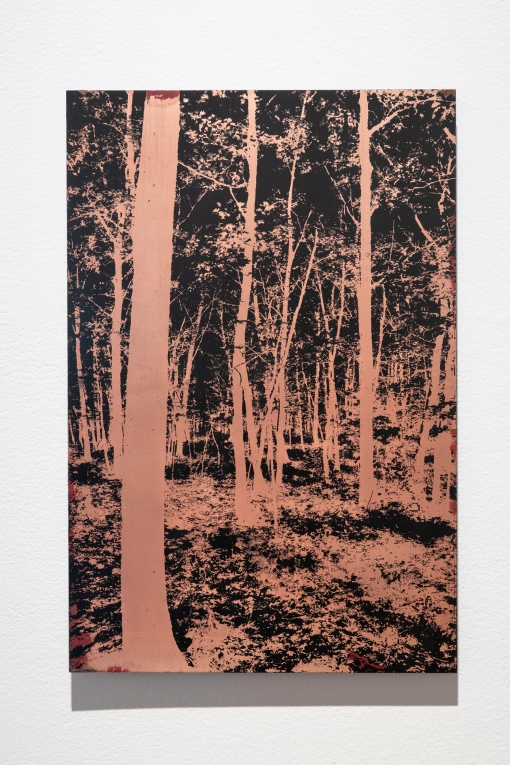
Installation view of New Typologies. Photo: Joseph Hu.
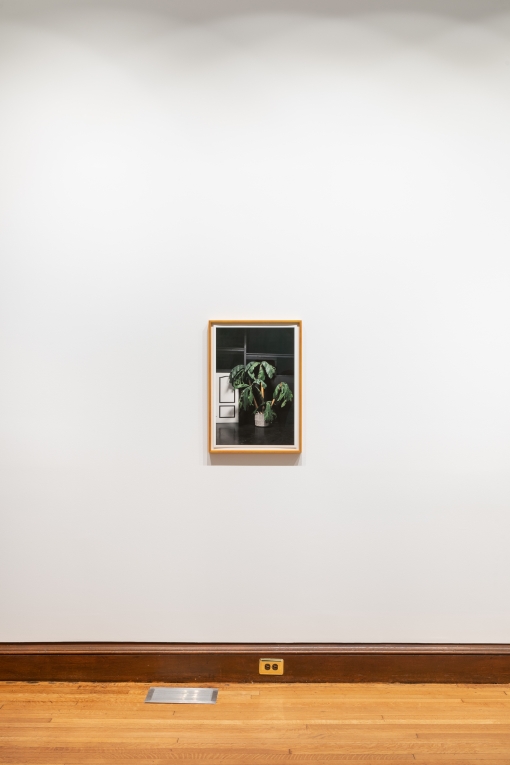
Installation view of New Typologies. Photo: Joseph Hu.
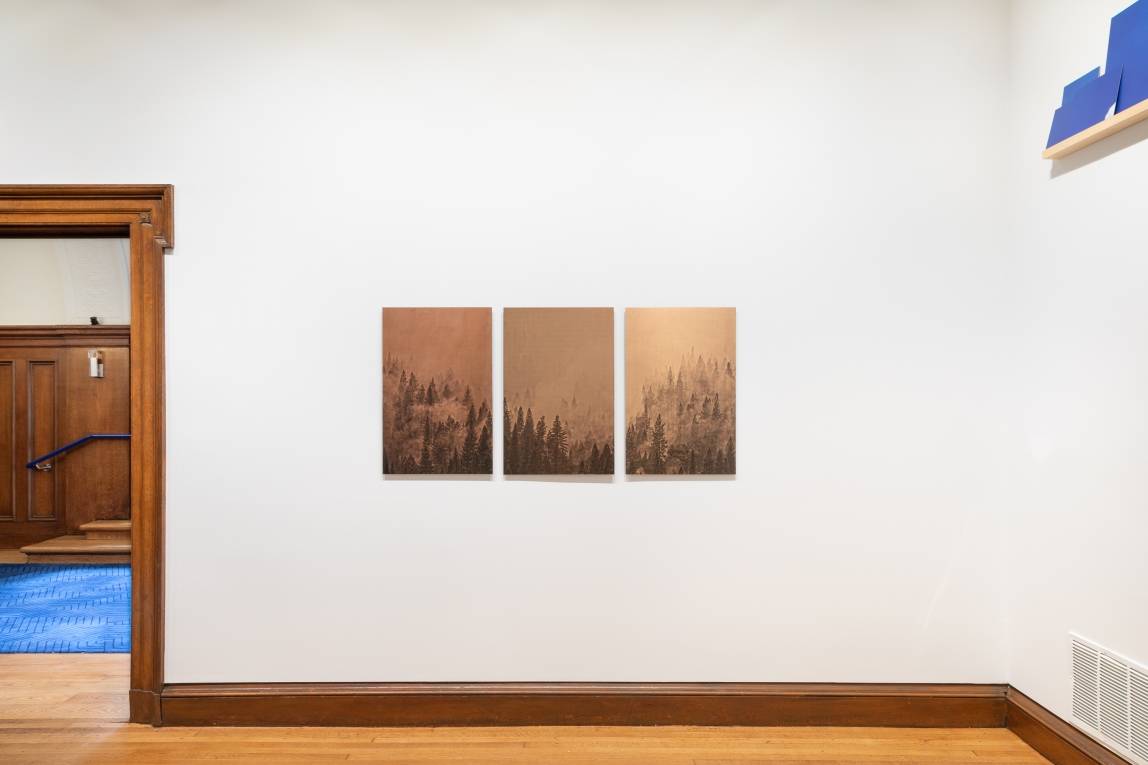
Installation view of New Typologies. Photo: Joseph Hu.
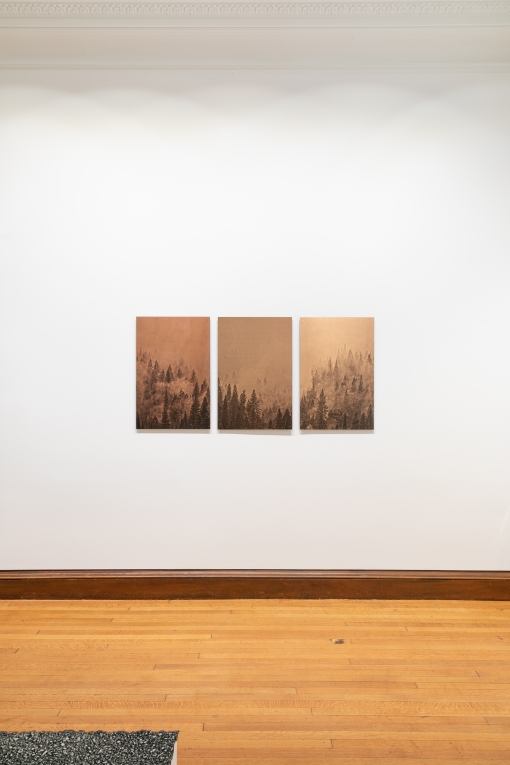
Installation view of New Typologies. Photo: Joseph Hu.
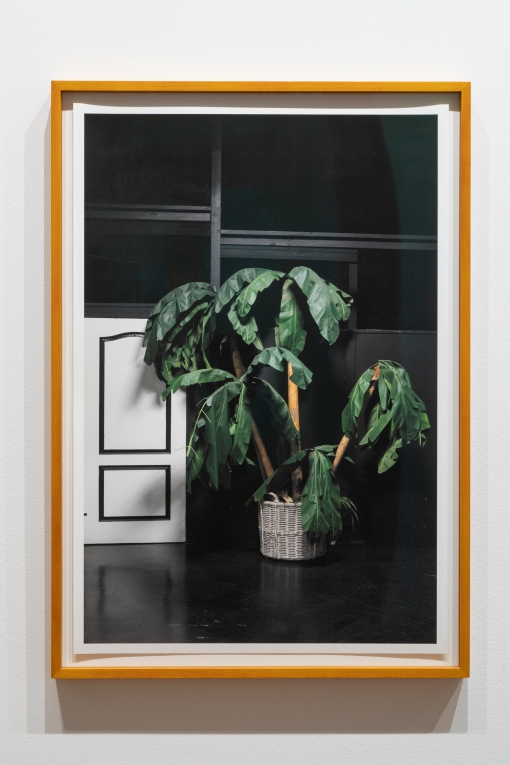
Installation view of New Typologies. Photo: Joseph Hu.
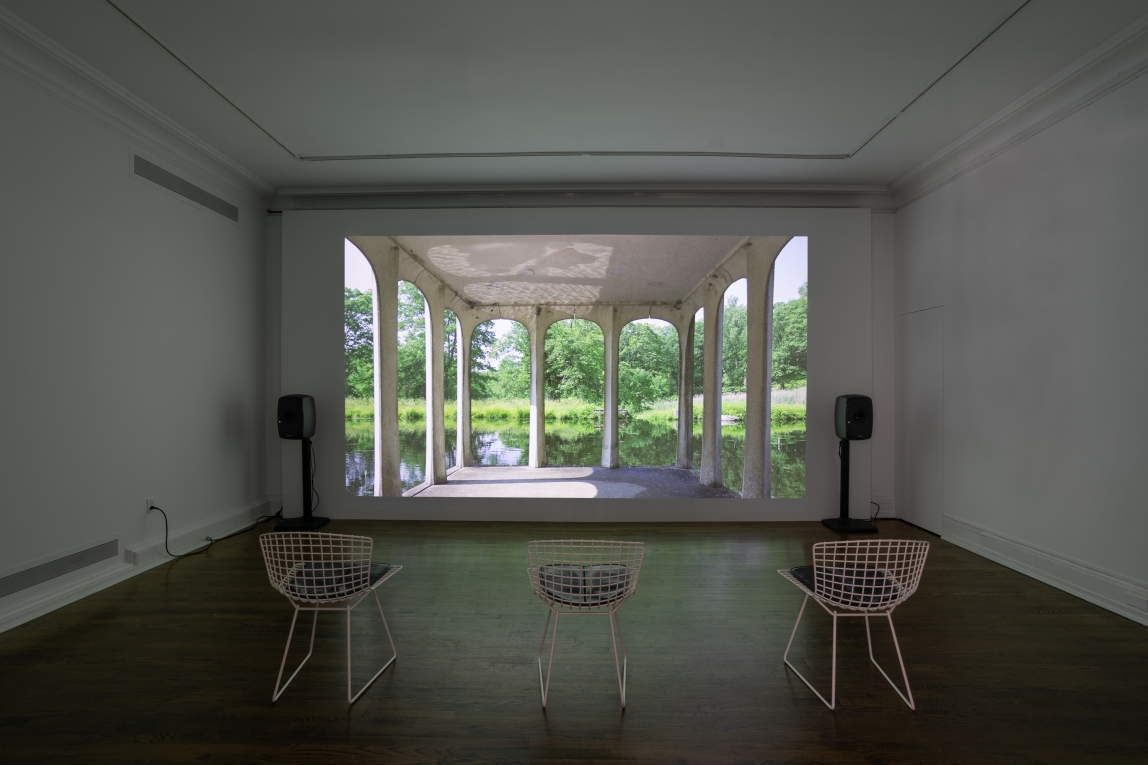
Installation view of New Typologies. Photo: Joseph Hu.
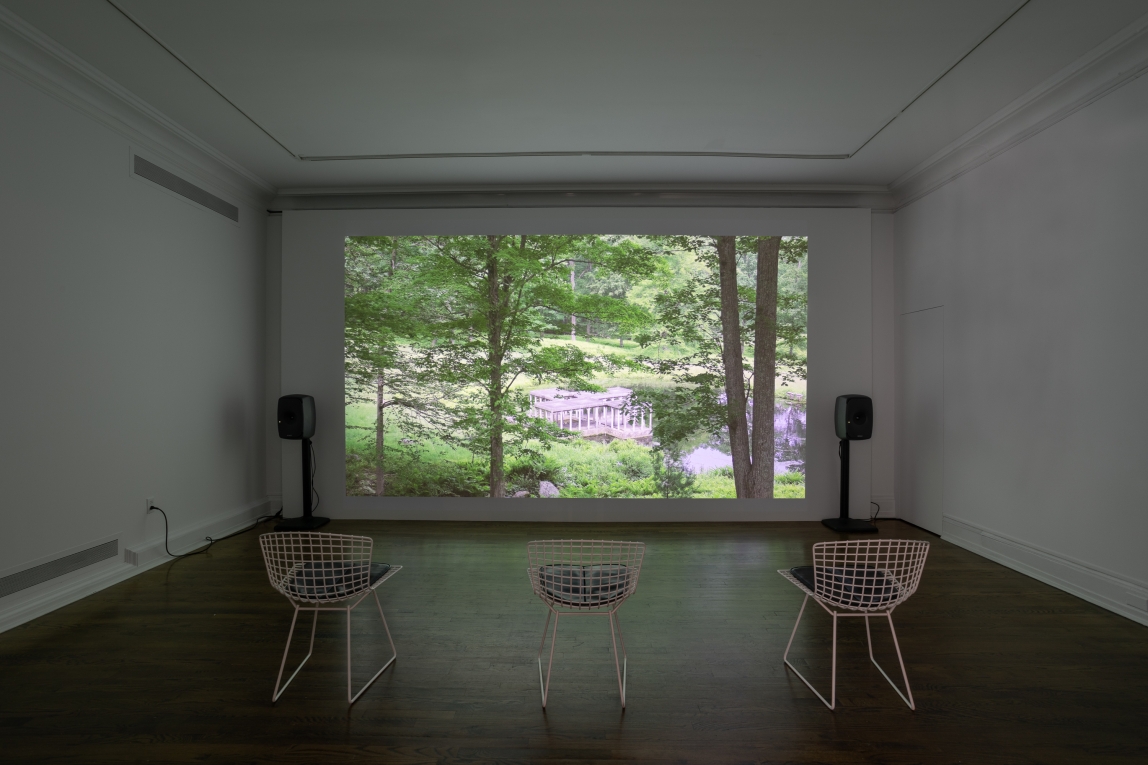
Installation view of New Typologies. Photo: Joseph Hu.
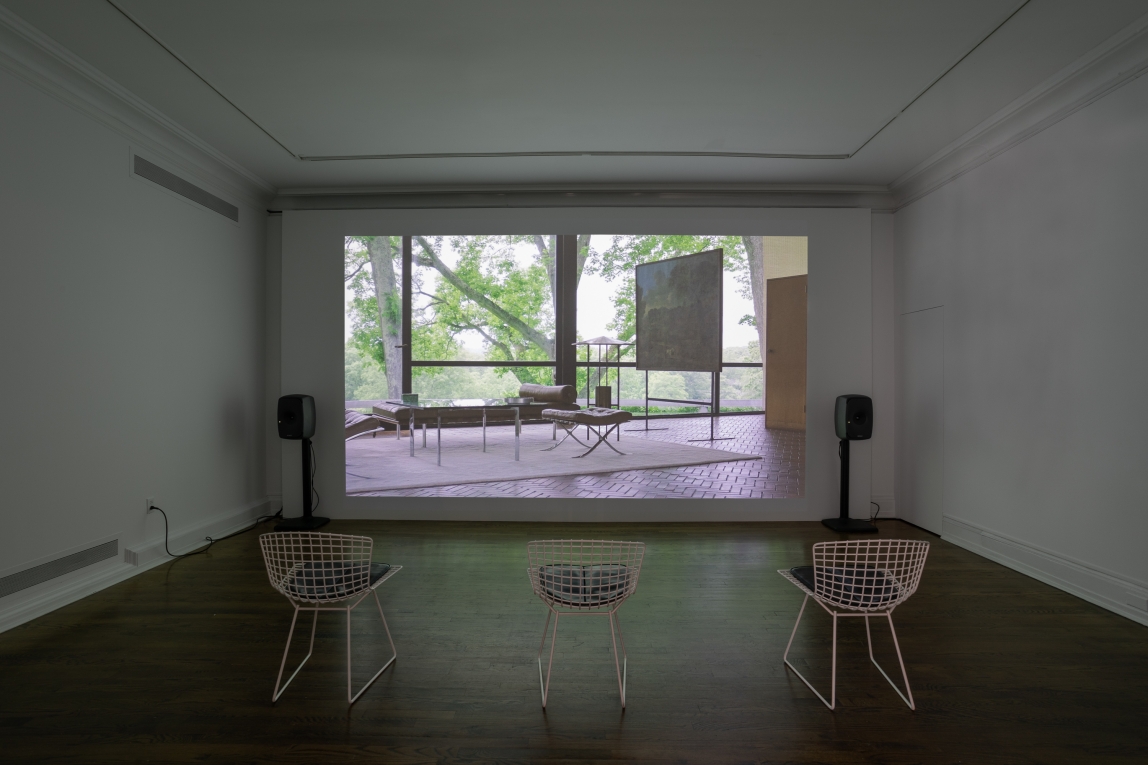
Installation view of New Typologies. Photo: Joseph Hu.
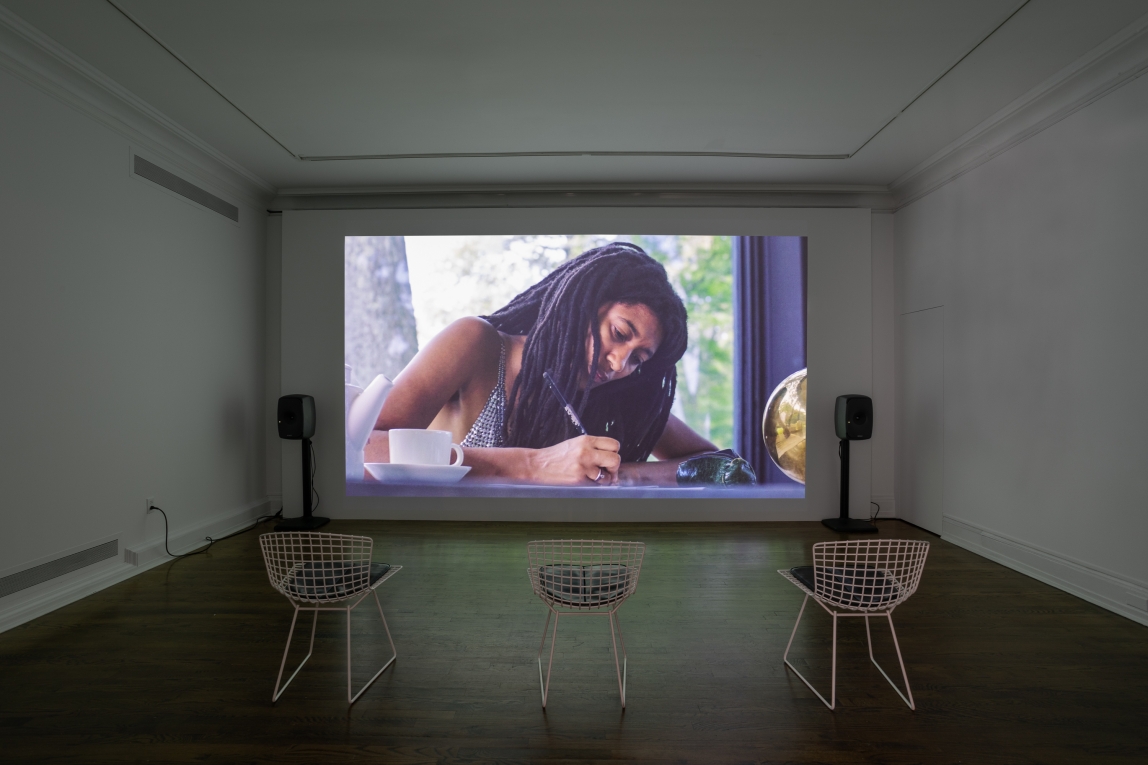
Installation view of New Typologies. Photo: Joseph Hu.
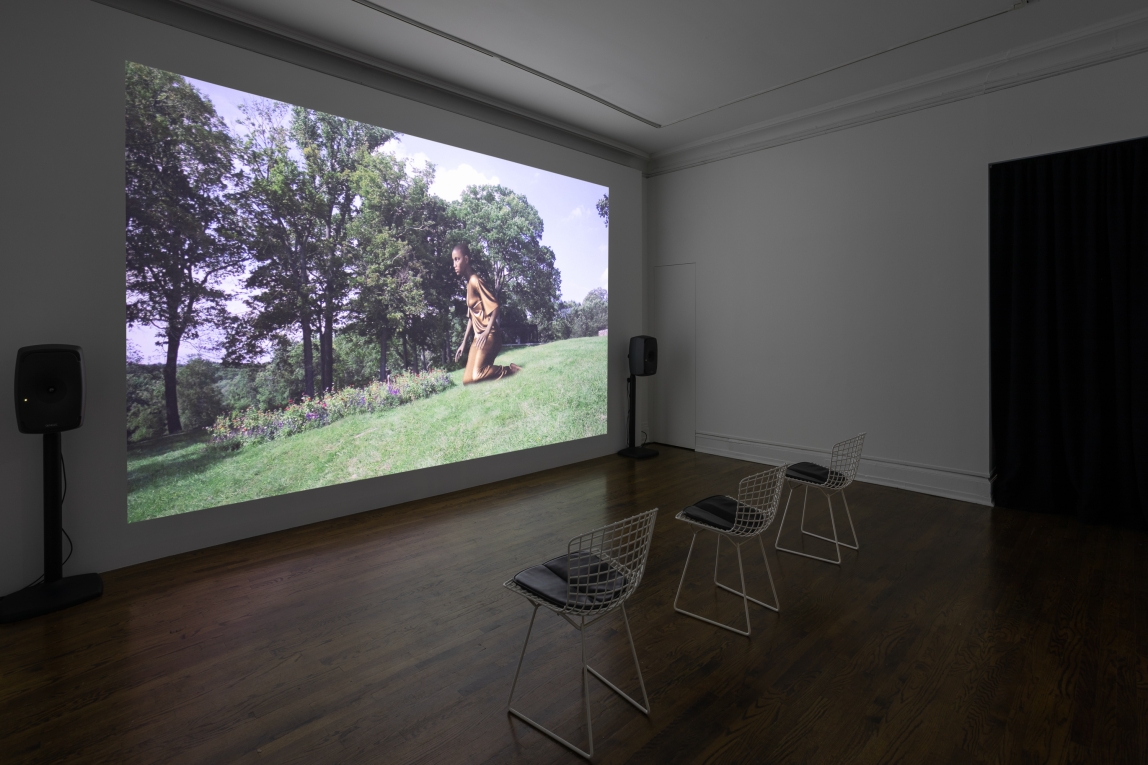
Installation view of New Typologies. Photo: Joseph Hu.
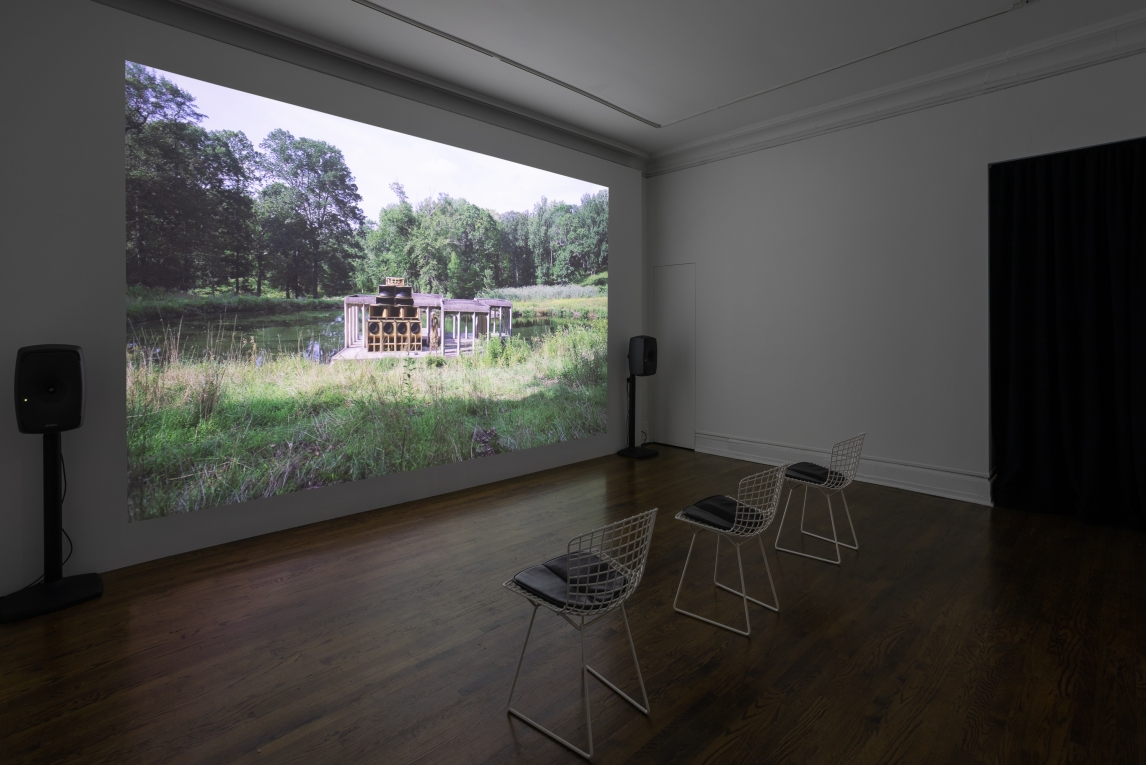
Installation view of New Typologies. Photo: Joseph Hu.
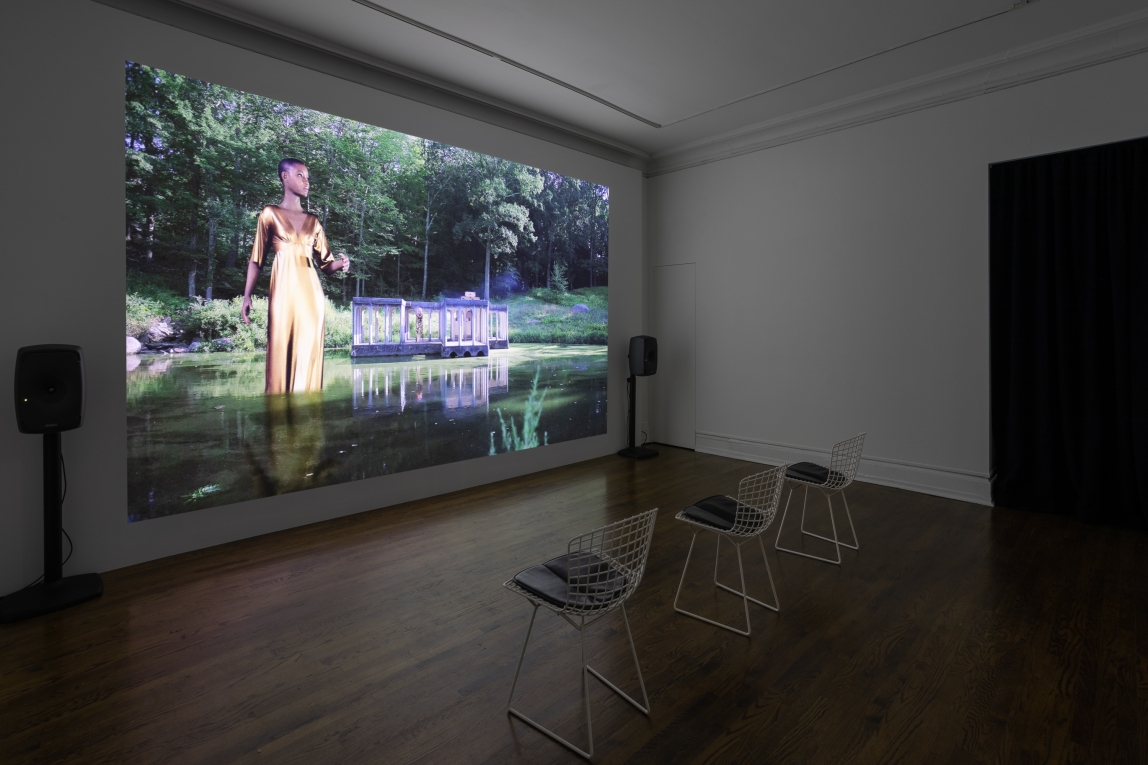
Installation view of New Typologies. Photo: Joseph Hu.
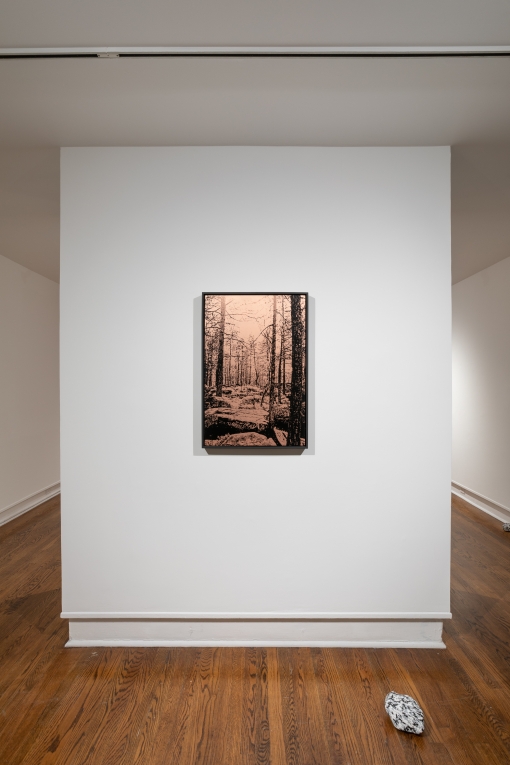
Installation view of New Typologies. Photo: Joseph Hu.
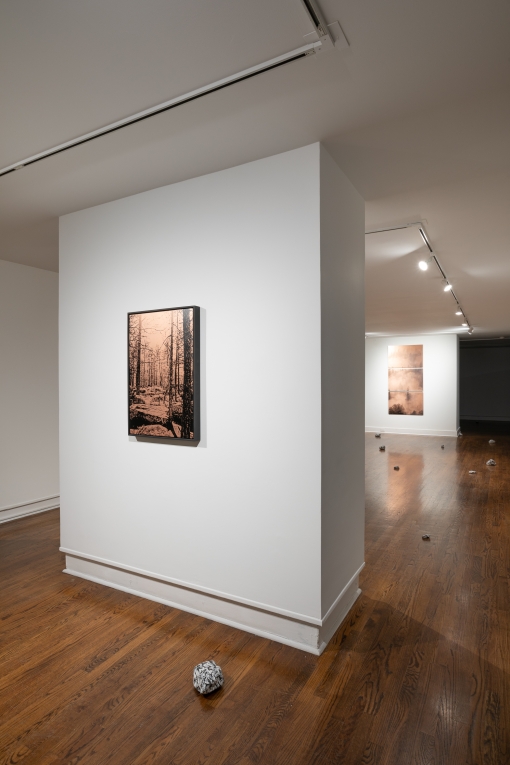
Installation view of New Typologies. Photo: Joseph Hu.
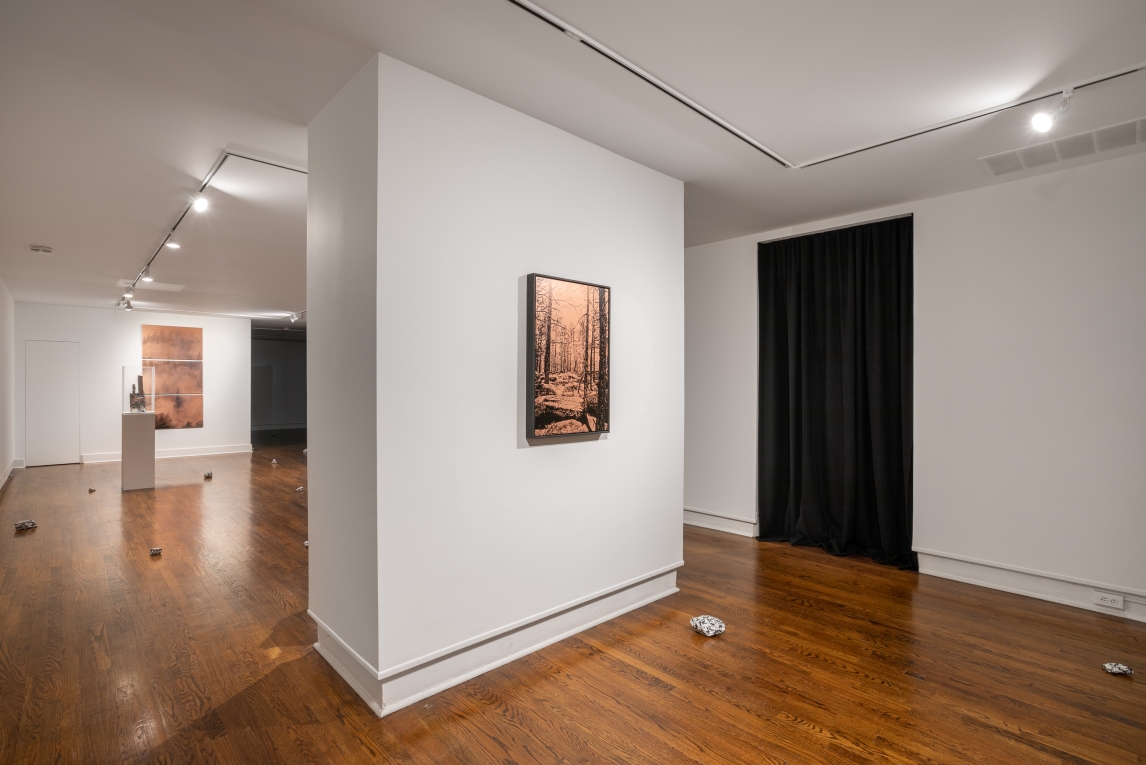
Installation view of New Typologies. Photo: Joseph Hu.
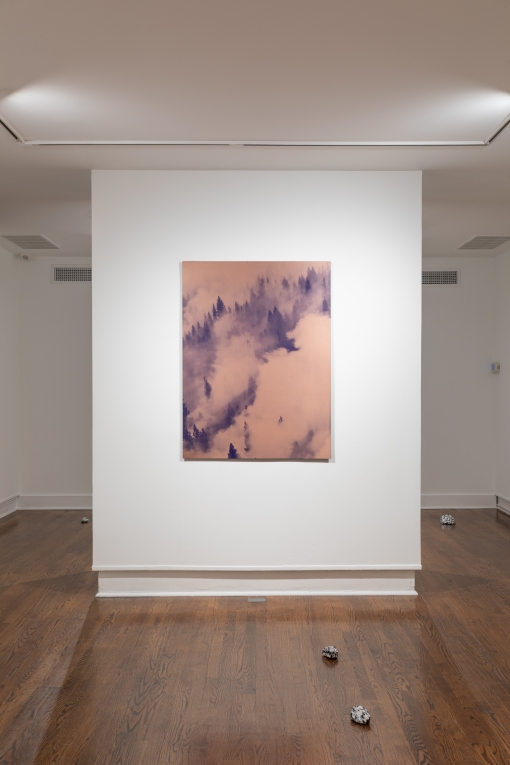
Installation view of New Typologies. Photo: Joseph Hu.
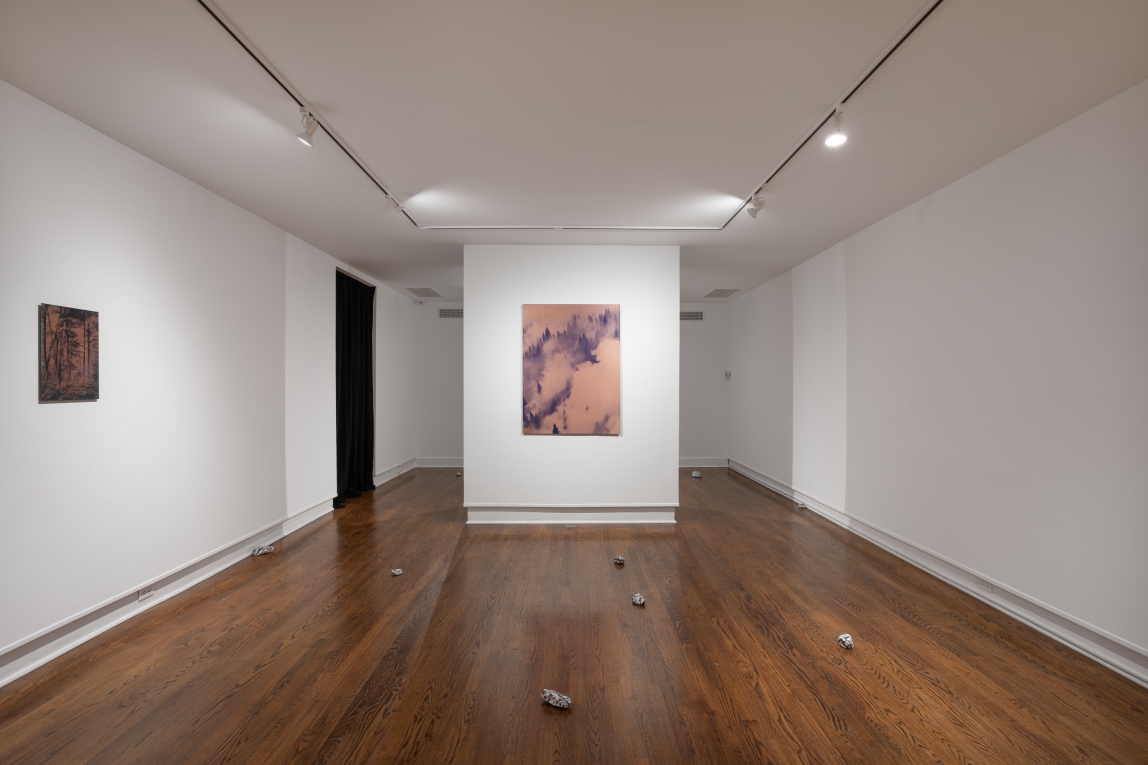
Installation view of New Typologies. Photo: Joseph Hu.
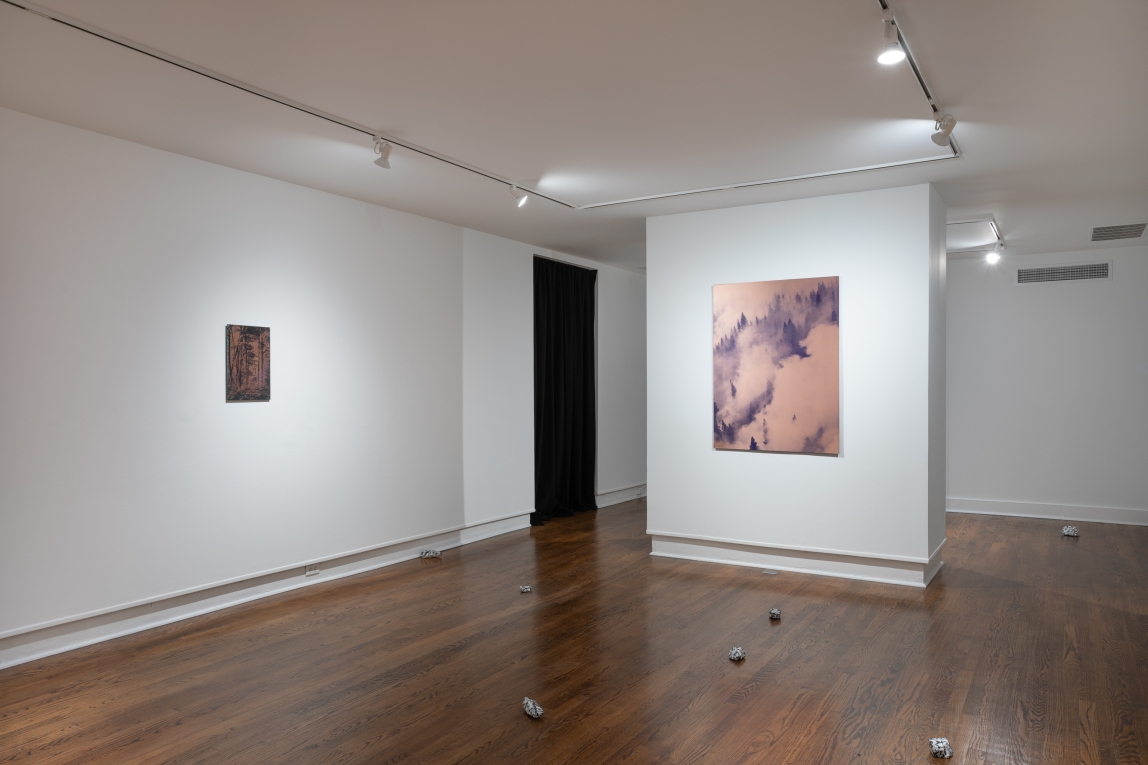
Installation view of New Typologies. Photo: Joseph Hu.
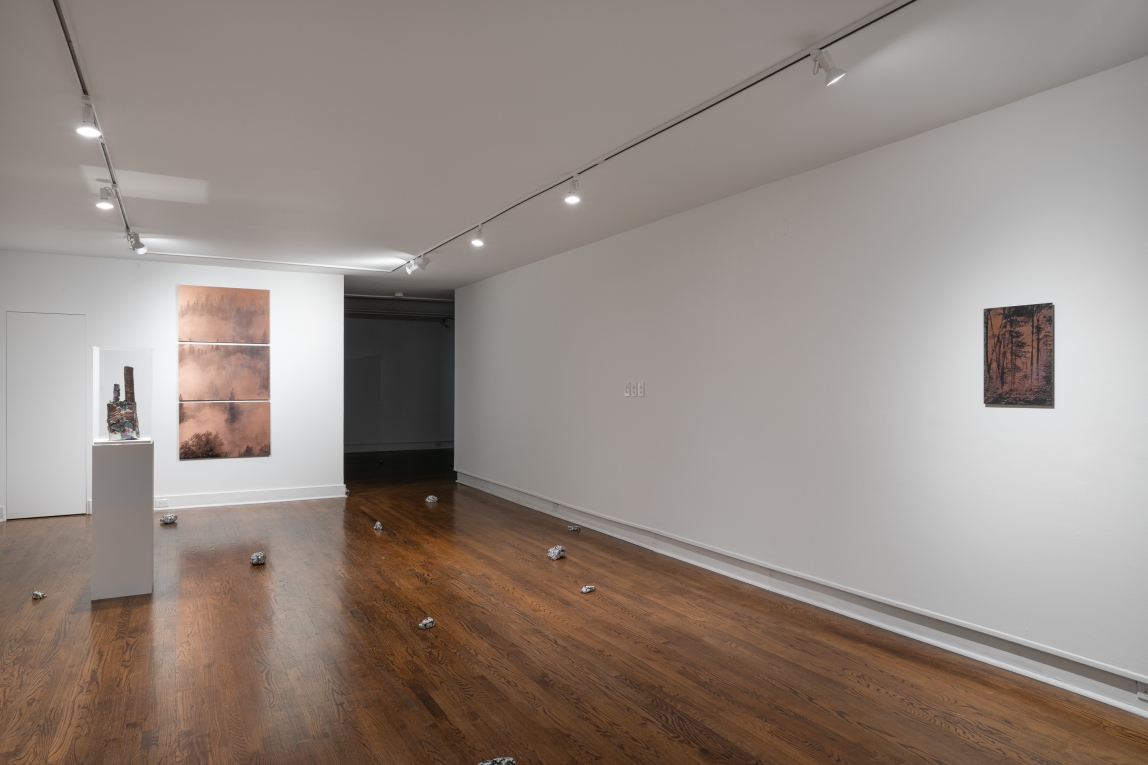
Installation view of New Typologies. Photo: Joseph Hu.
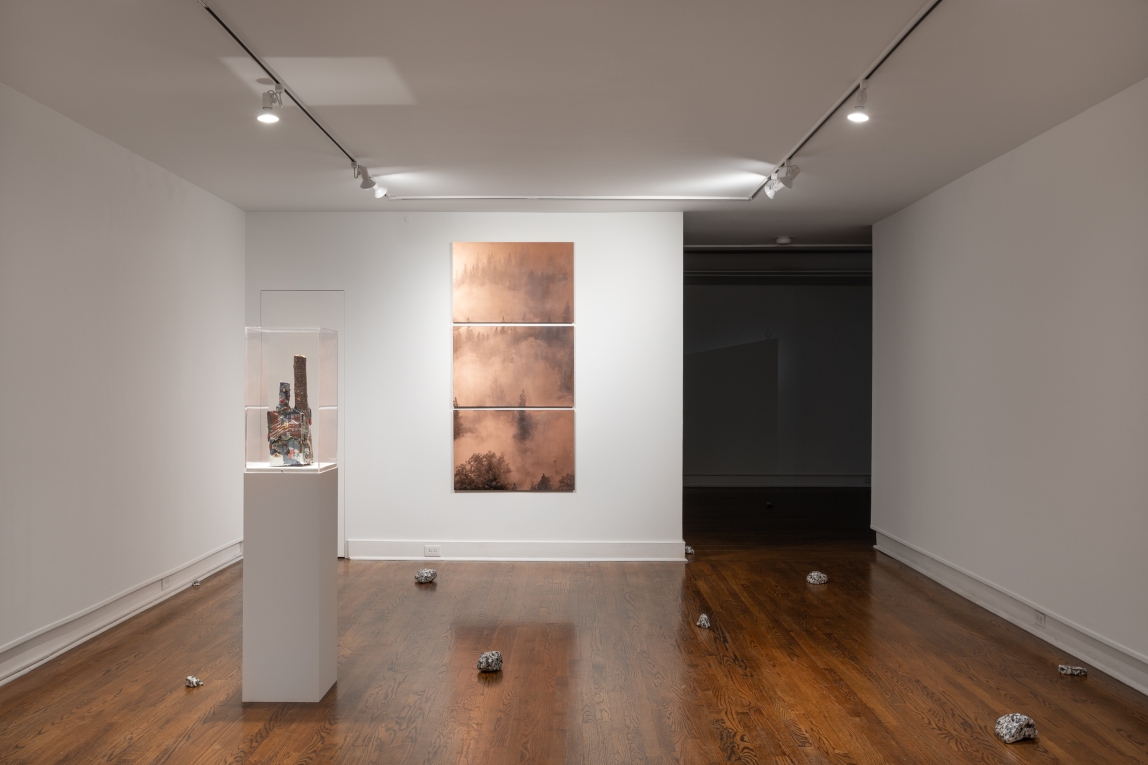
Installation view of New Typologies. Photo: Joseph Hu.
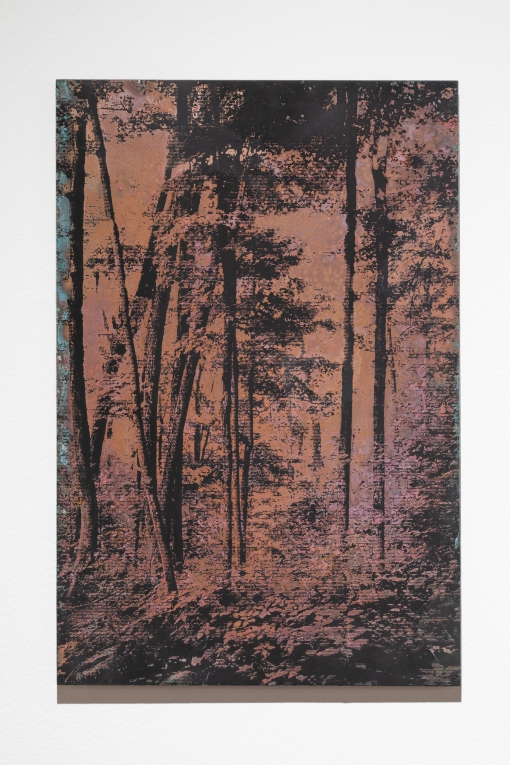
Installation view of New Typologies. Photo: Joseph Hu.
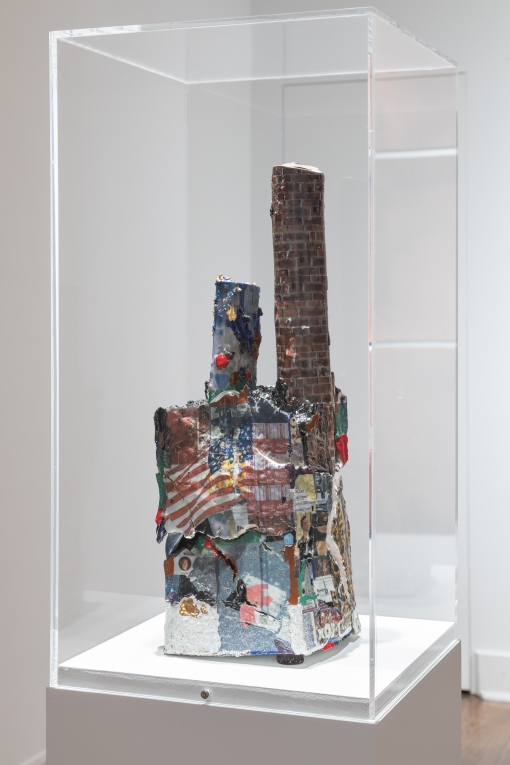
Installation view of New Typologies. Photo: Joseph Hu.
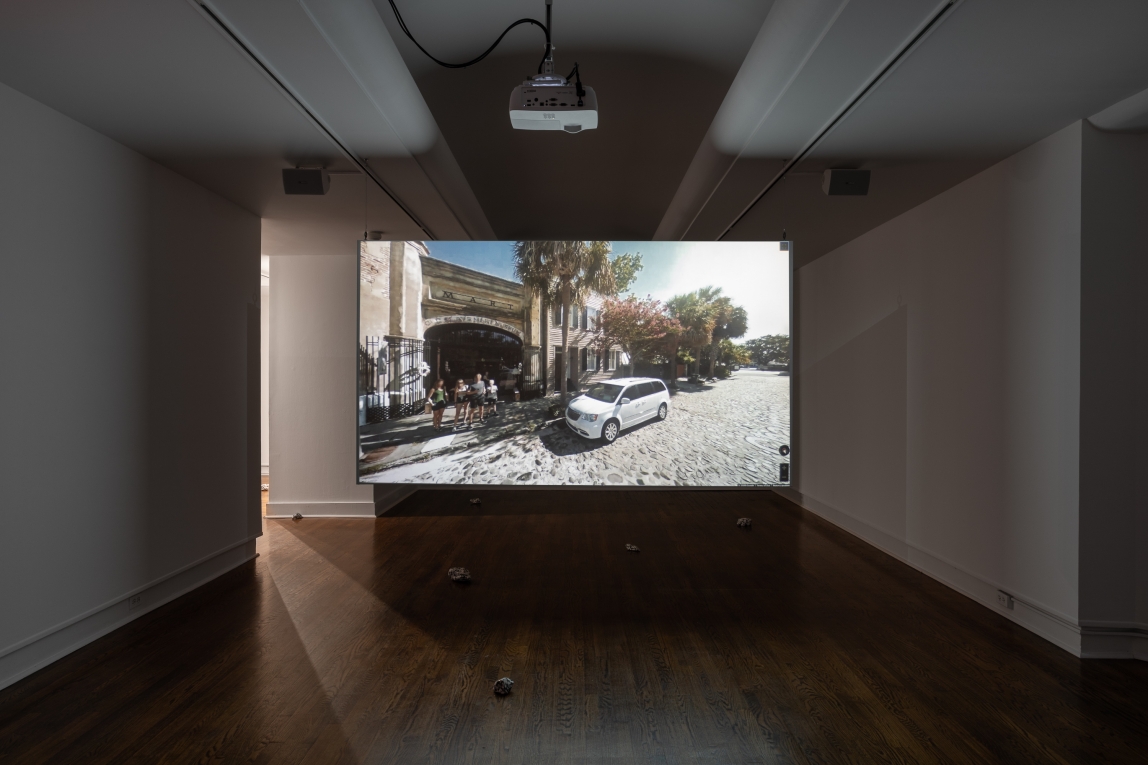
Installation view of New Typologies. Photo: Joseph Hu.
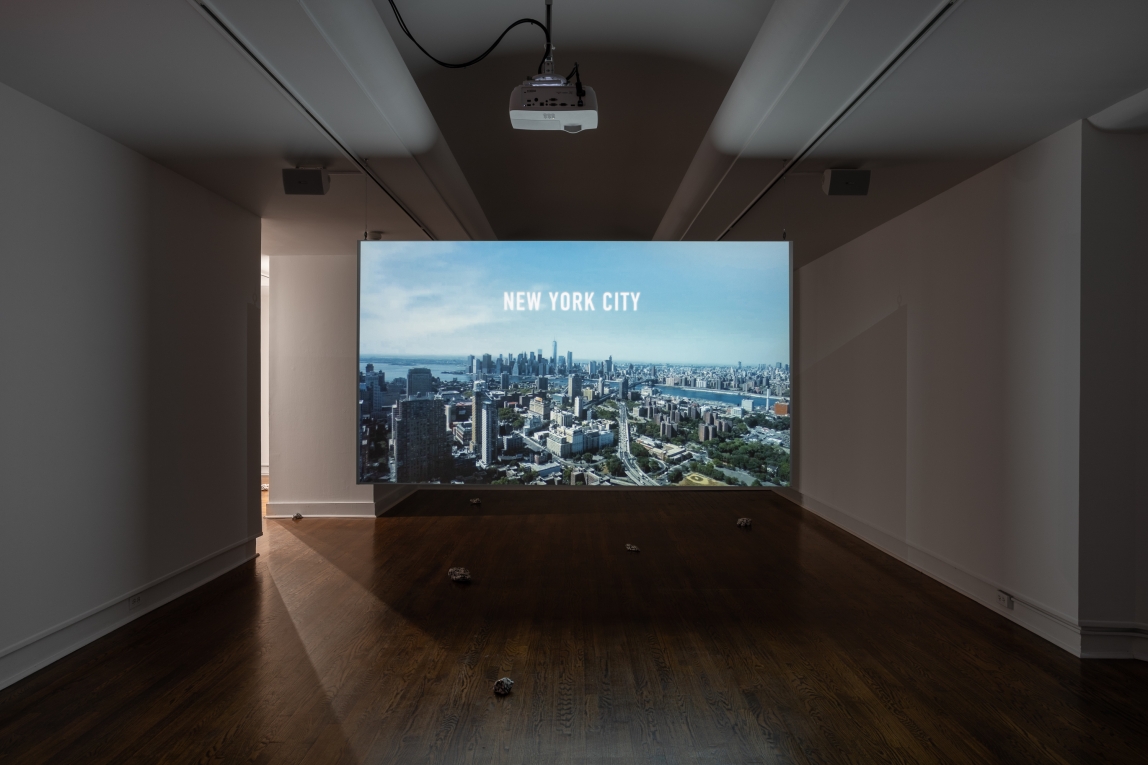
Installation view of New Typologies. Photo: Joseph Hu.
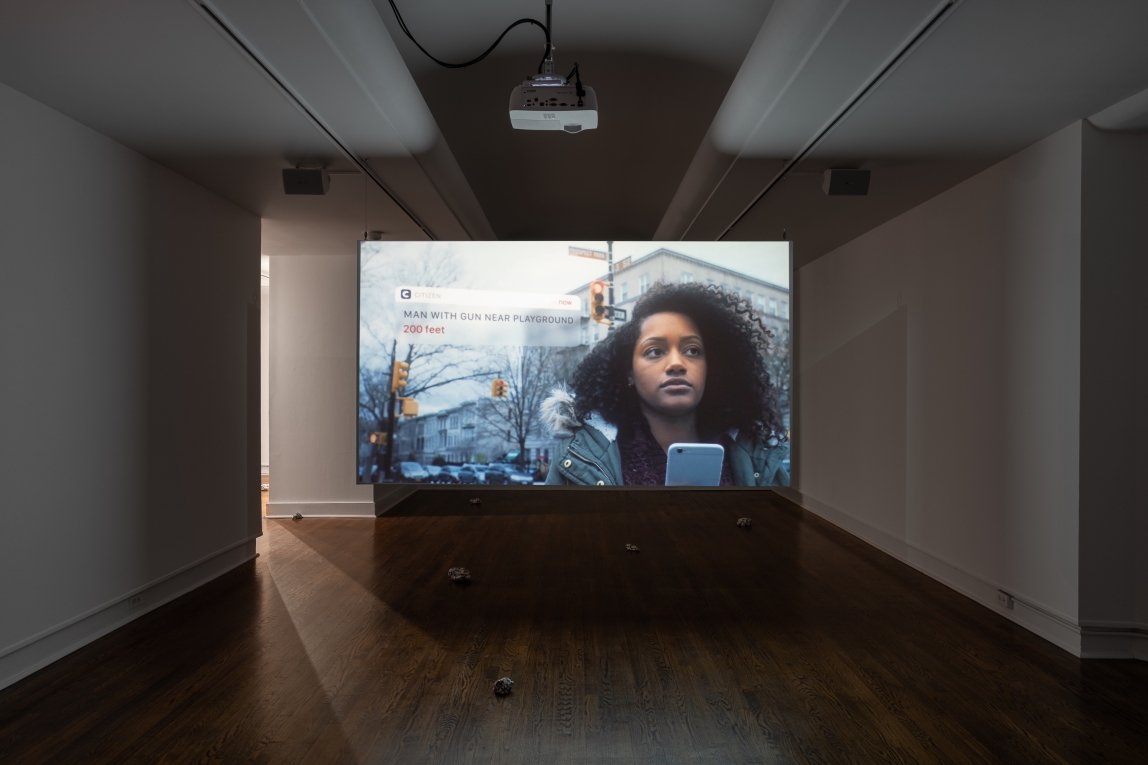
Installation view of New Typologies. Photo: Joseph Hu.
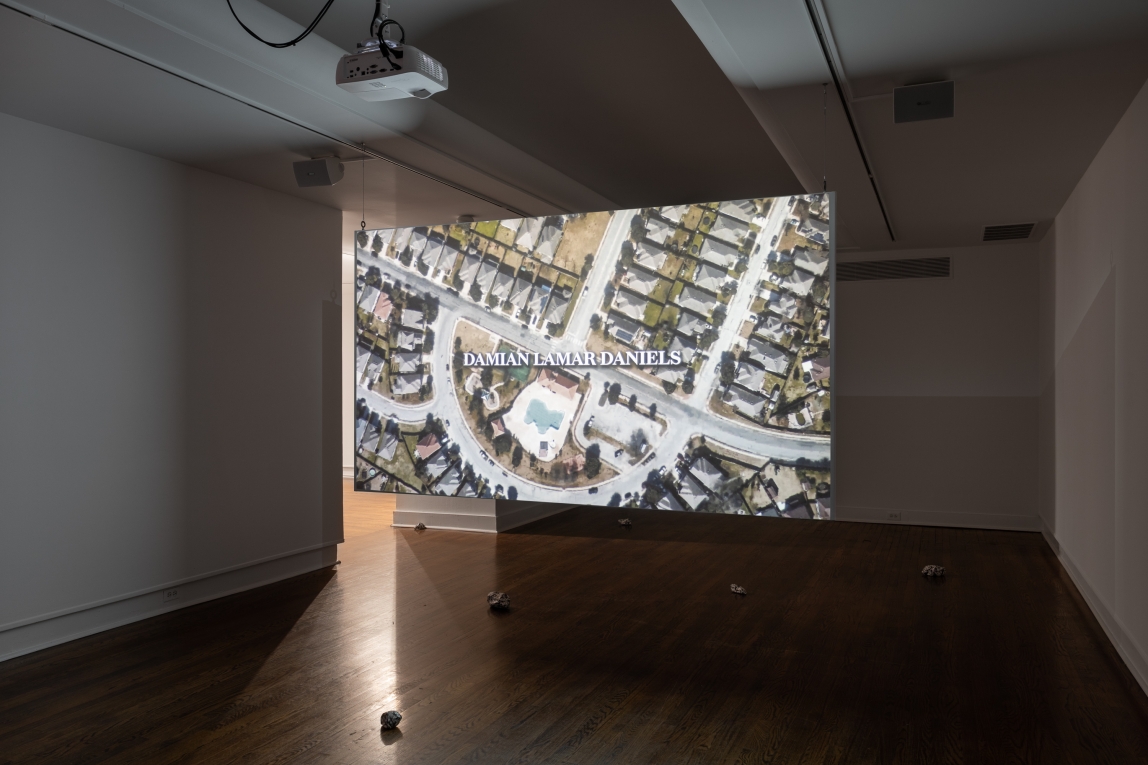
Installation view of New Typologies. Photo: Joseph Hu.
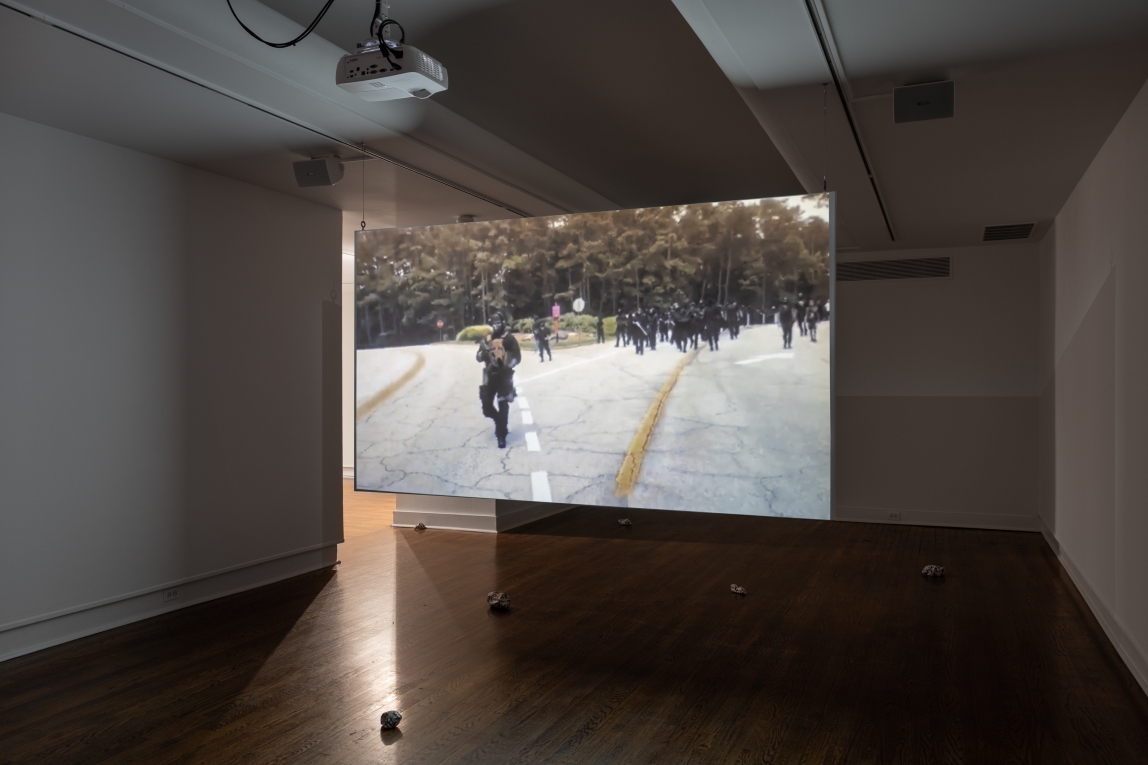
Installation view of New Typologies. Photo: Joseph Hu.
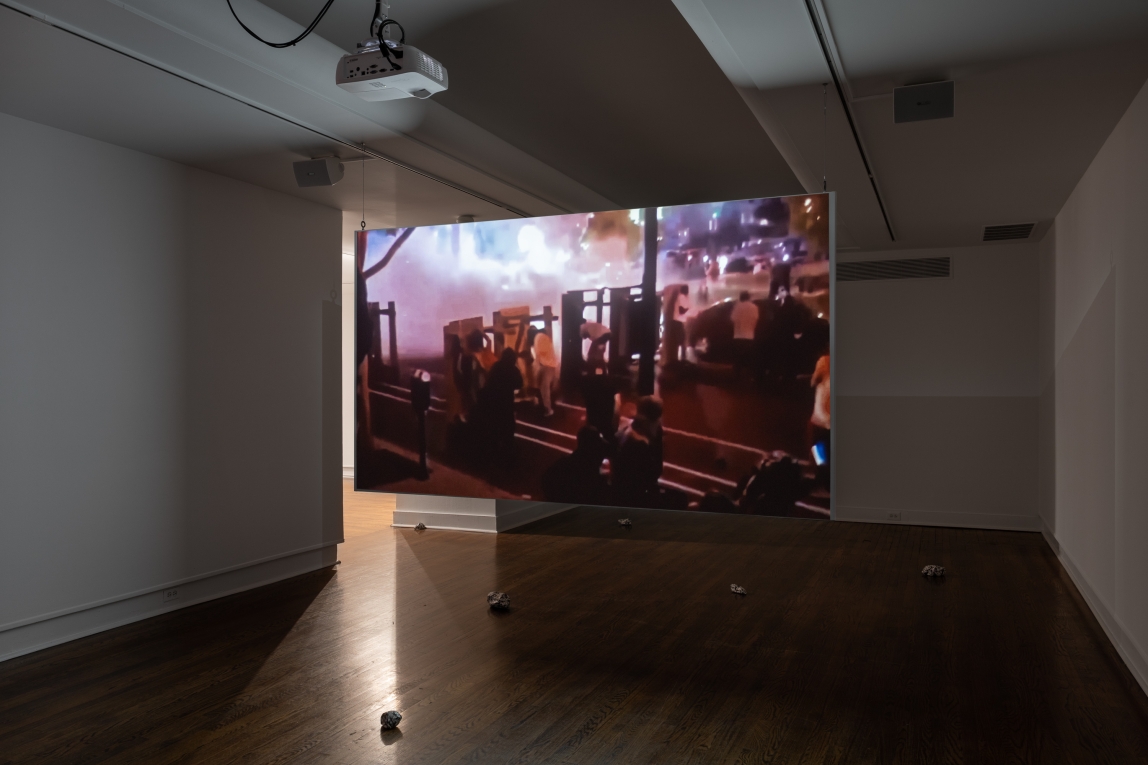
Installation view of New Typologies. Photo: Joseph Hu.




















































About the Artists
David Hartt was born in Montréal in 1967. Hartt lives and works in Philadelphia where he is an associate professor in the Department of Fine Arts at the University of Pennsylvania. He received his BFA from the University of Ottawa (1991) and his MFA from the School of the Art Institute of Chicago (1994). He is a 2018 Pew Fellowship in the Arts recipient and his solo exhibitions include the Hammer Museum, LA; Graham Foundation, Chicago; Art Institute of Chicago; The Carnegie Museum of Art, Pittsburgh; David Nolan Gallery, New York; the Studio Museum, New York; Henry Art Gallery, Seattle; and Galerie Thomas Schulte, Berlin. He has been included in group exhibitions at the Museum of Contemporary Art Denver, Denver; Museum of Contemporary Art, Chicago; MOCAD, Detroit,I; Contemporary Art Museum, St. Louis; Whitney Museum of Art, Museum of Modern Art, and White Columns, ; The Print Center, The Philadelphia Museum of Art and Monument Lab, Philadelphia; The Institute of Contemporary Art at Virginia Commonwealth University, Richmond Milwaukee Museum, Milwaukee; Artexte, Montréal, Biennale de l'image, Montréal; Institute of Art and Design, London, London, Ontario; The Art Gallery of Ontario, Toronto, National Gallery of Canada, Ottawa; and L’Observatoire–Galerie, Brussels; the Musée du quai Branly, Paris; Spazio Ridotto, Venice, IT; and Lothringer 13 Halle, Munich, GE.
His work resides in the collections of The Art Institute of Chicago, Museum of Contemporary Art, Chicago, The Museum of Contemporary Photography, Chicago; The Museum of Modern Art, New York; The Studio Museum, New York; Whitney Museum of American Art, New York; RISD Museum, Providence; Nasher Museum of Art, Durham, NC; Henry Art Gallery, Seattle; The J. Paul Getty Museum, Los Angeles; The National Gallery of Canada, Ottawa; and The Stedelijk Museum, Amsterdam.
In addition to his Pew fellowship, Hartt has received a Graham Foundation Fellowship, two Canada Council Project Grants, a Foundation for Contemporary Arts Grant, a United States Artists Cruz Fellowship, Louis Comfort Tiffany Foundation Award, Artadia Award, and an Art Matters Grant.
James Hoff, who born in 1975, lives and works in Brooklyn. Hoff’s recent solo museum exhibitions include the Nova Scotia College of Art and Design, Canada; the Contemporary Arts Center, New Orleans; and the Base Arte Contemporanea Odierna (BACO) in Bergamo, Italy. Hoff has also shown in group exhibitions at the Hessel Museum of Art, Annandale-on-Hudson, NY; The Kitchen, New York; Midway Contemporary Art, Minneapolis; the Eli & Edythe Broad Art Museum, East Lansing, MI; Bielefelder Kunstverein, Germany; and the Kunsthall Oslo, Norway. In addition, he has delivered talks and performed at MASS MoCA, North Adams, MA; Artist’s Space, New York; MoMA, New York; Issue Project Room, New York; Centre Pompidou, Paris; Institute of Contemporary Arts, London; and La Monnaie/De Munt, Brussels.
Hoff is also a co-founder of Primary Information, the non-profit organization that republishes artists’ books and art historical documents.
Kahlil Robert Irving was born in San Diego in 1992. He received his BA from the Kansas City Art Institute (2015) and his MFA from Washington University (2017). The very next year, Irving’s first institutional solo exhibition took place at Wesleyan University’s Center for the Arts.
In December 2021 Irving’s first museum solo opened at the Museum of Modern Art. Other exhibits include Arizona State University Art Museum, Tempe, Arizona; Craft Contemporary, Los Angeles, Mathew Marks Gallery, Los Angeles; New Museum Triennial, Whitney Museum of Art, and Abrons Art Center, all in New York; The Anderson Collection at Stanford University, San Francisco; Clayworks, Baltimore; Mass MOCA, North Adams, MA; Artspace, Kansas City, Contemporary Art Museum Saint Louis, Mildred Lane Kemper Art Museum, Saint Louis; The Clay Studio and Vox Populi, Philadelphia; RISD Museum, Providence; Gagosian Gallery, London; and the Singapore Biennale.
Irving’s work is in the collections of the Nerman Museum of Contemporary Art, Overland Park, KS; Minneapolis Institute of Art, Minneapolis; Kansas City Art Institute, Kansas City; Art Omi, Ghent, New York; Brooklyn Museum, New York; JP Morgan Chase & Co. Art Collection, Museum of Modern Art, and the Whitney Museum, New York,; the Tang Teaching Museum and Art Gallery, Sarasota Springs, NY; the Carnegie Museum of Art, Pittsburgh; the Rhode Island School of Design Museum, Providence and the Foundation for Contemporary Ceramic Art, Kecskemét, Hungary; the Bezalel Academy of Art and Design, Jerusalem, Riga Porcelain Museum, Riga Latvia; International Ceramics Studio, Scuola Internazionale di Grafica, Venice, and the Artist Residency Research Library, Dubai.
Irving was awarded a Louis Comfort Tiffany Foundation Award in 2019 and a Joan Mitchell grant in 2020. In 2023, Irving will present a solo exhibition at the Walker Art Center.
